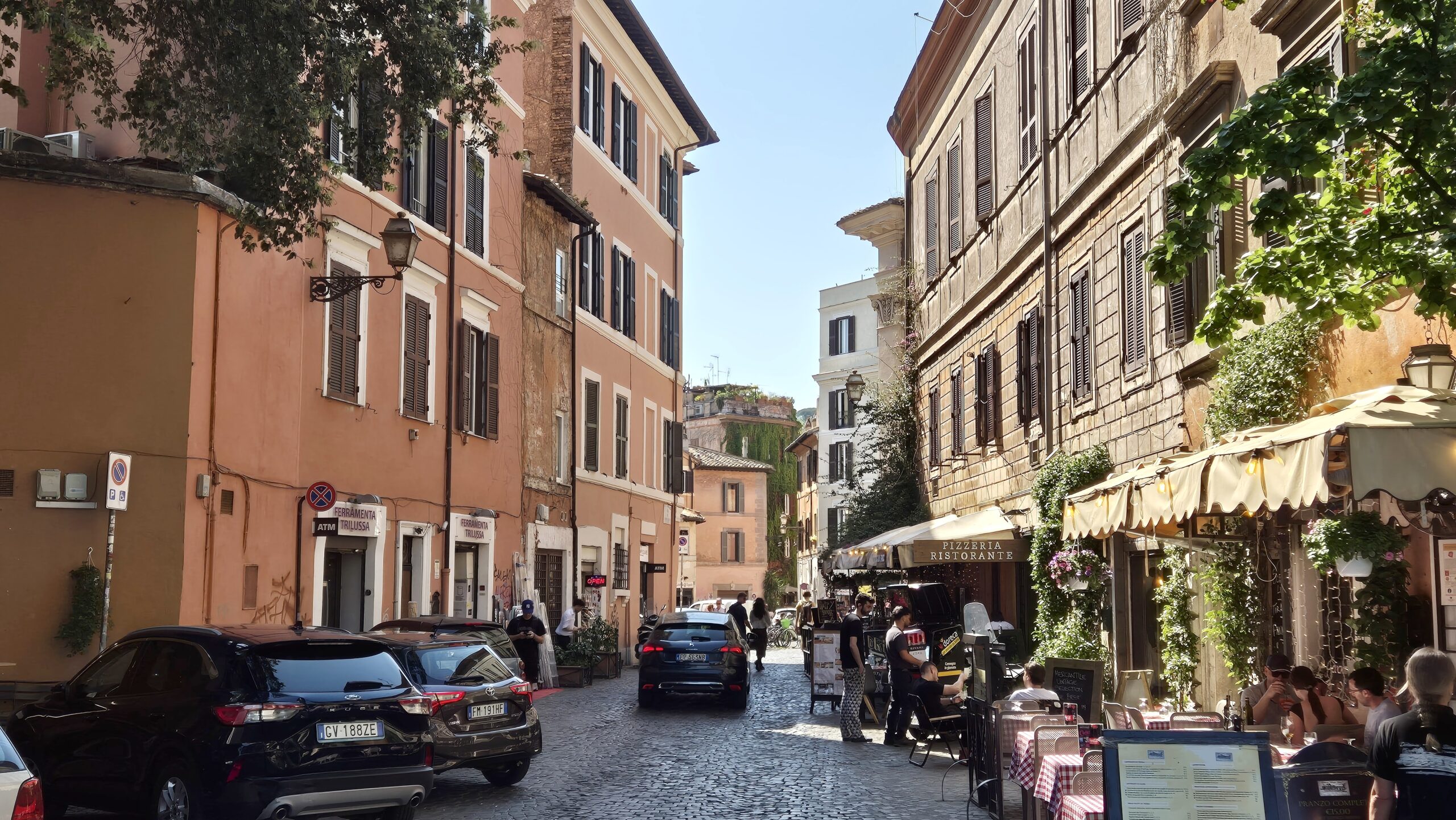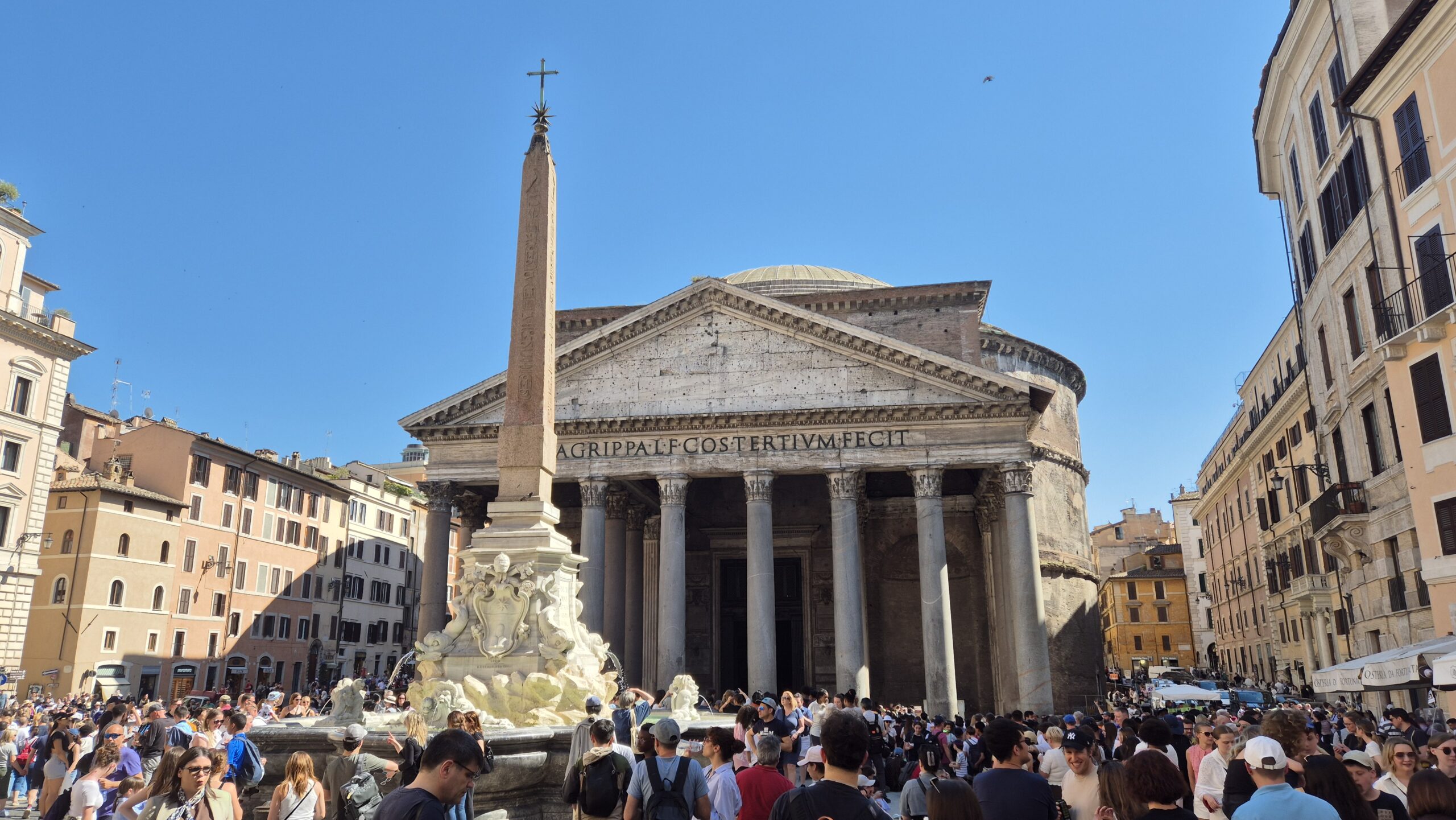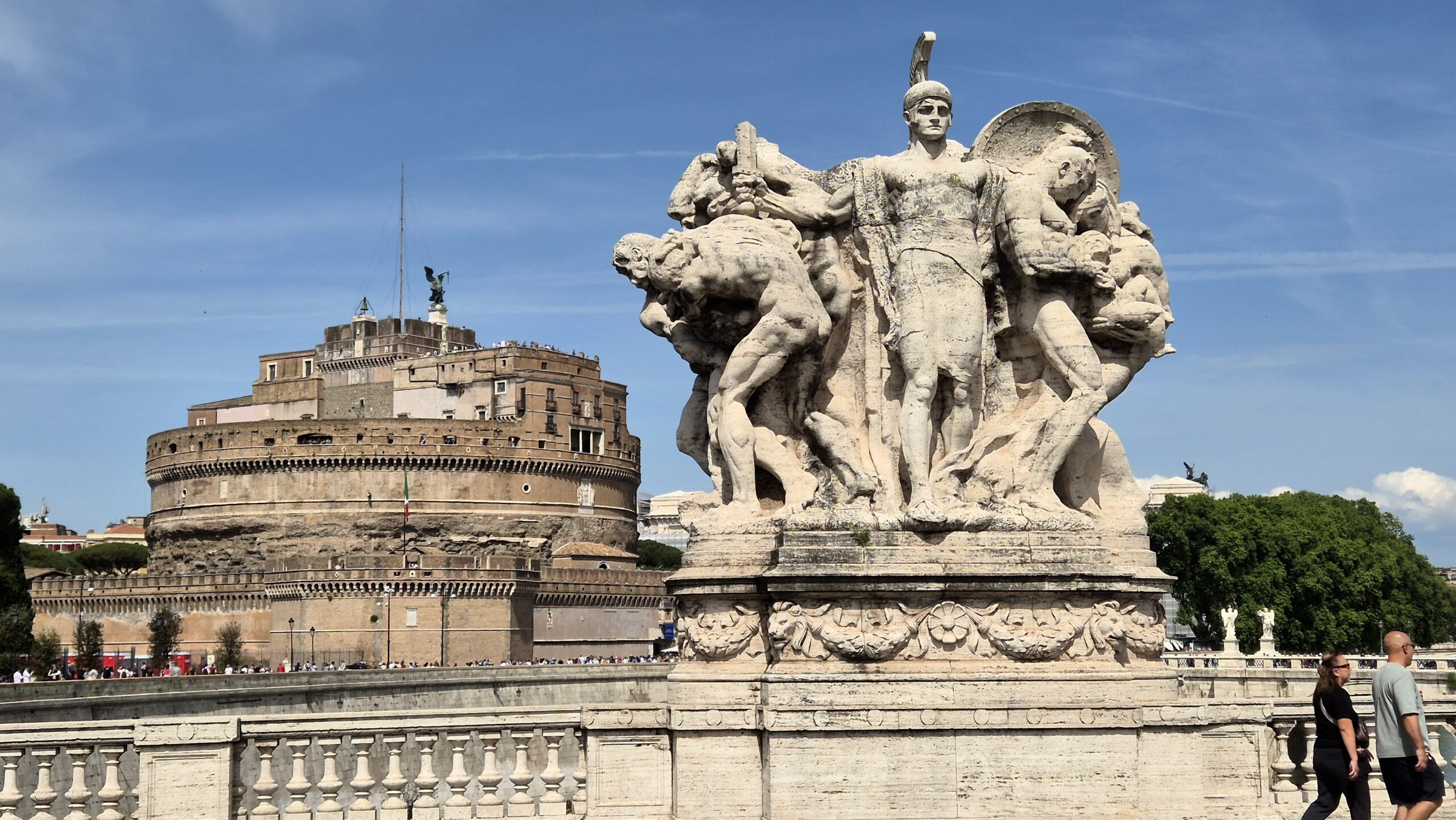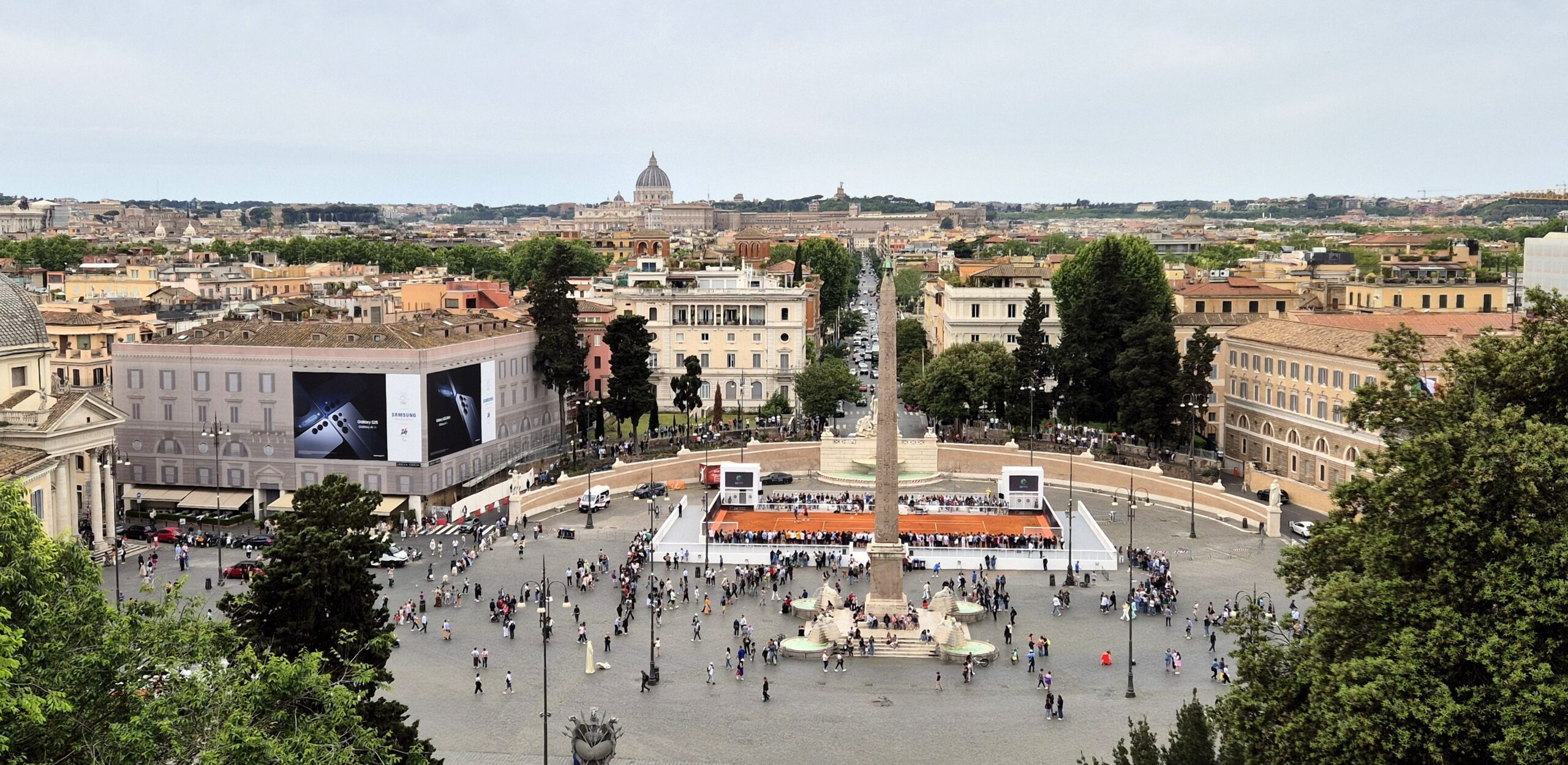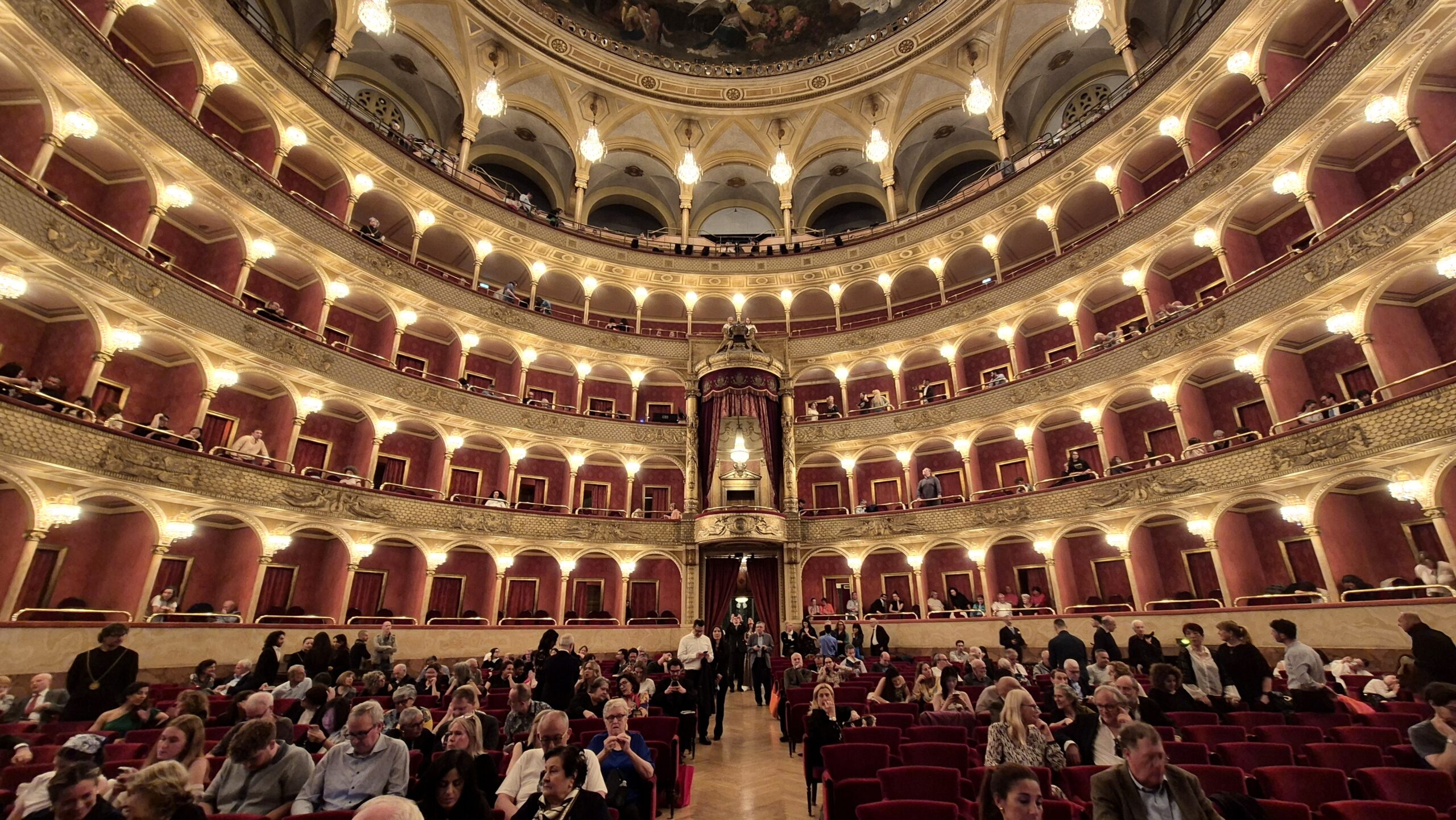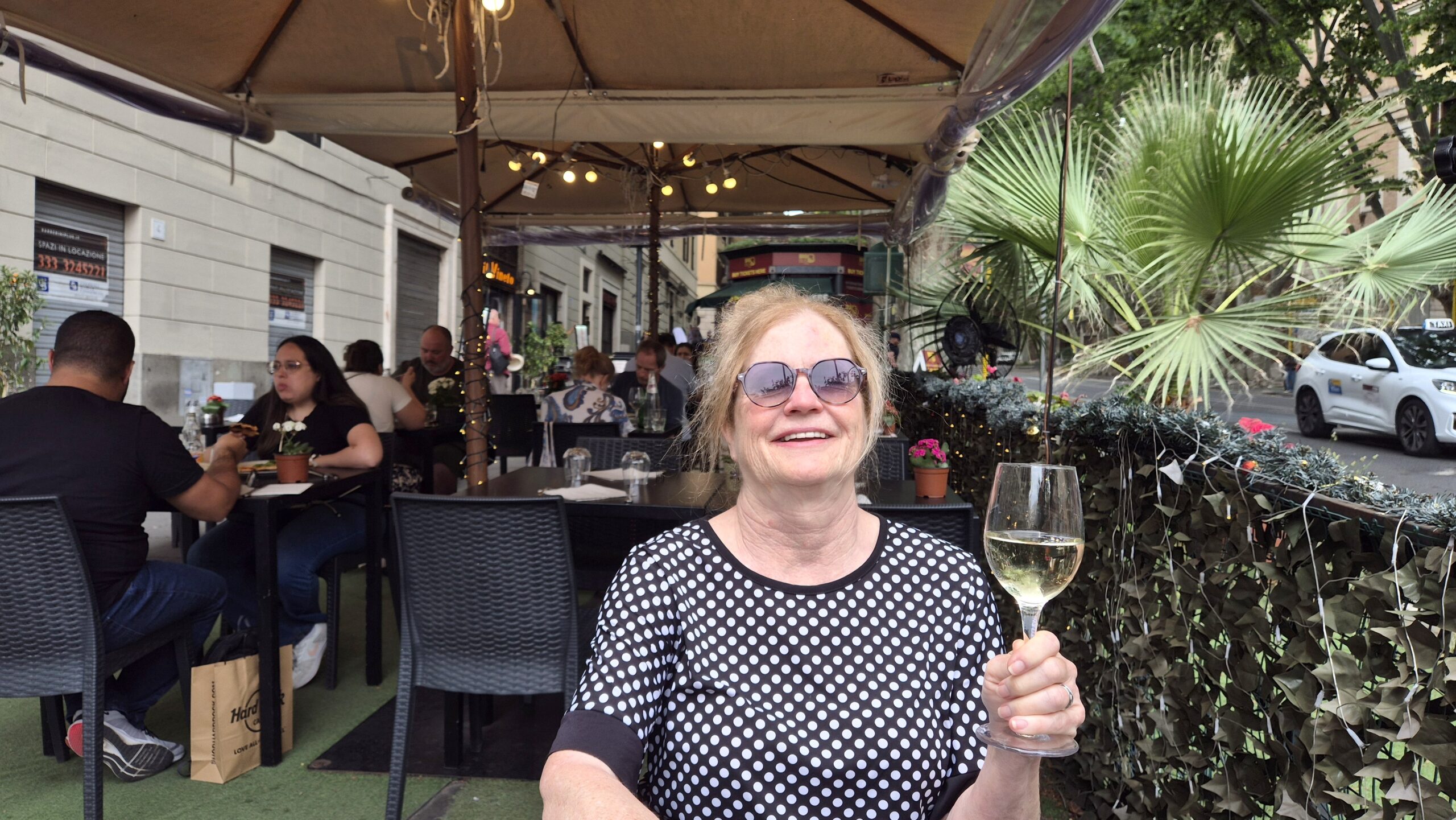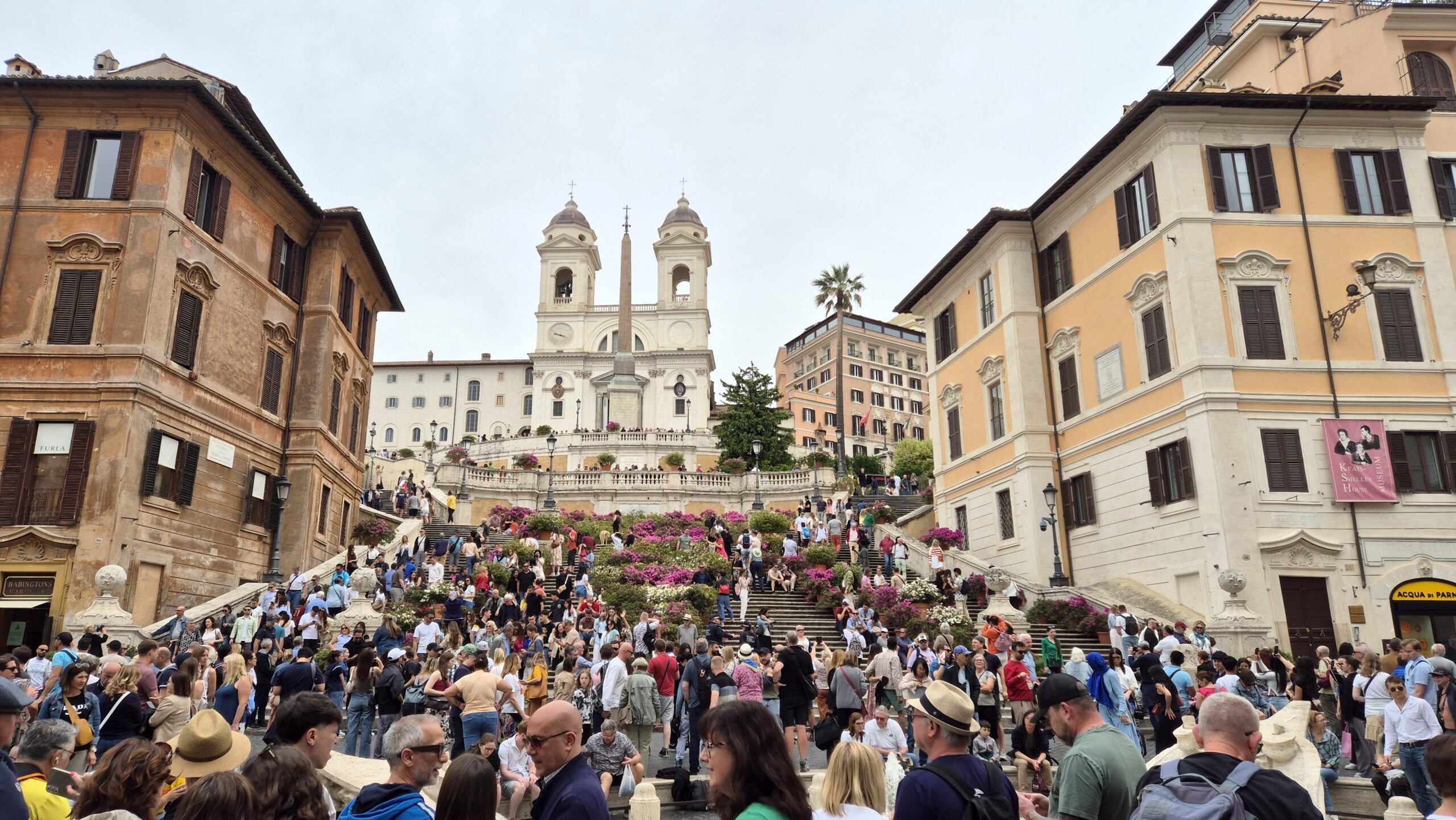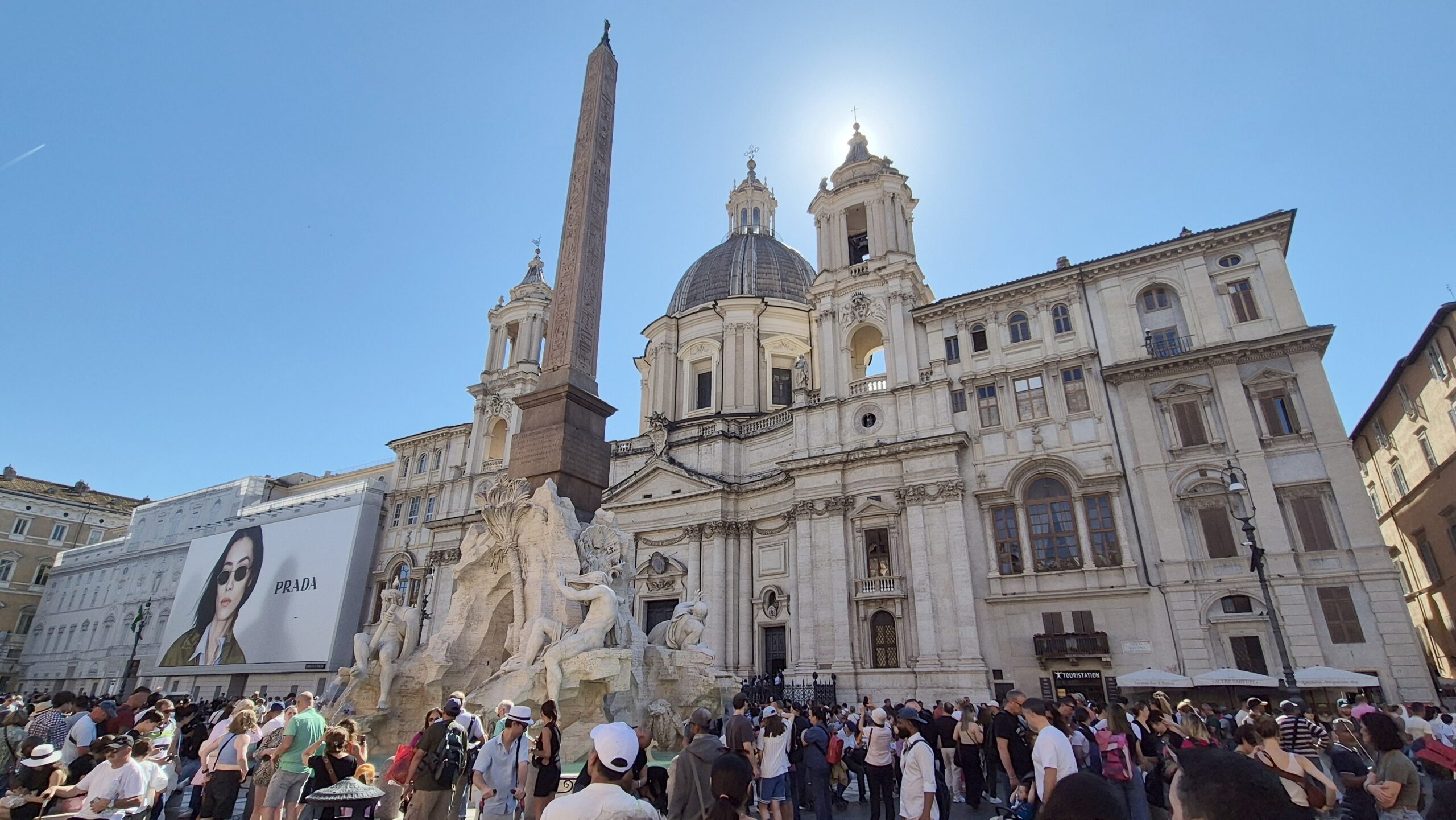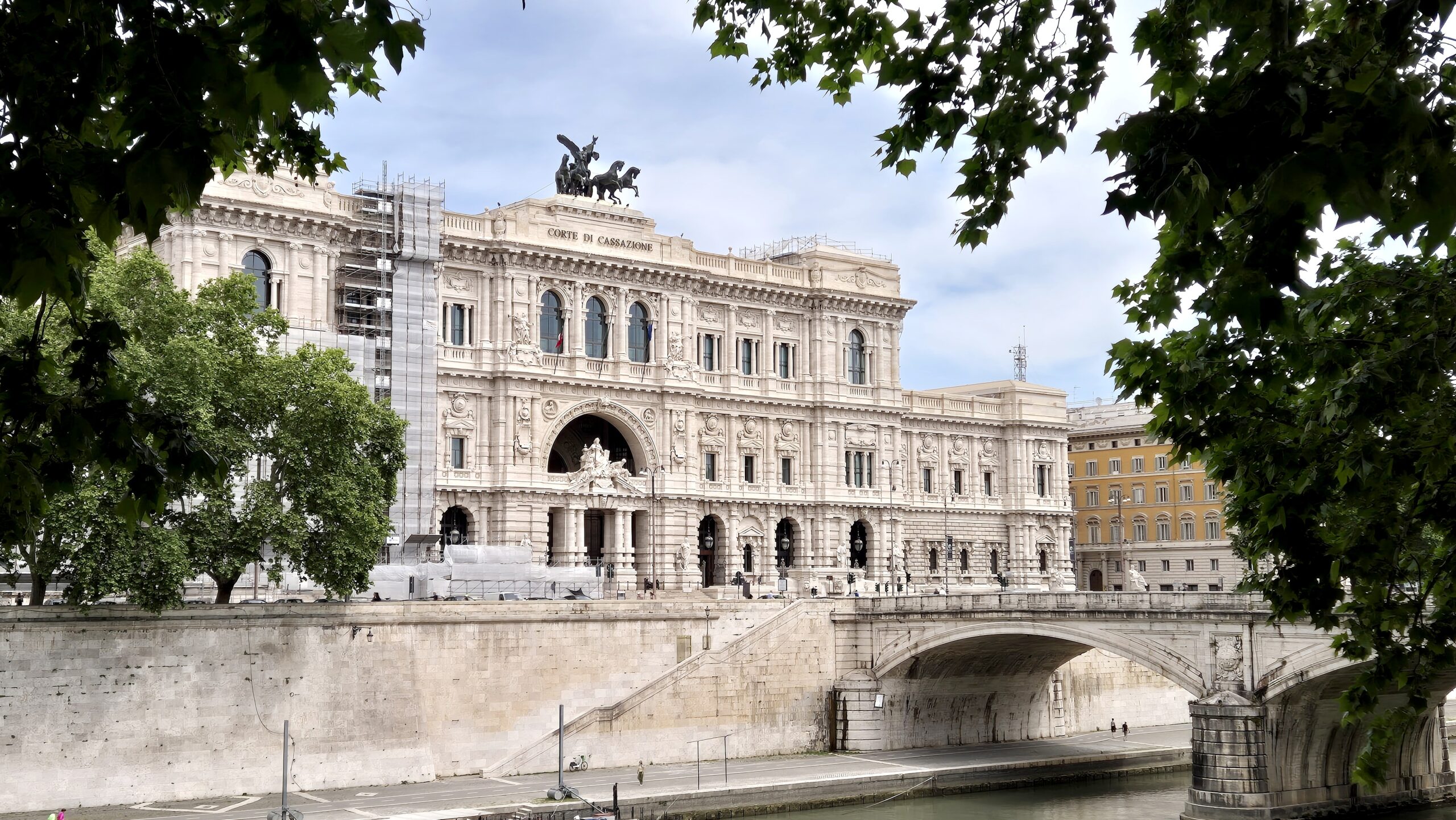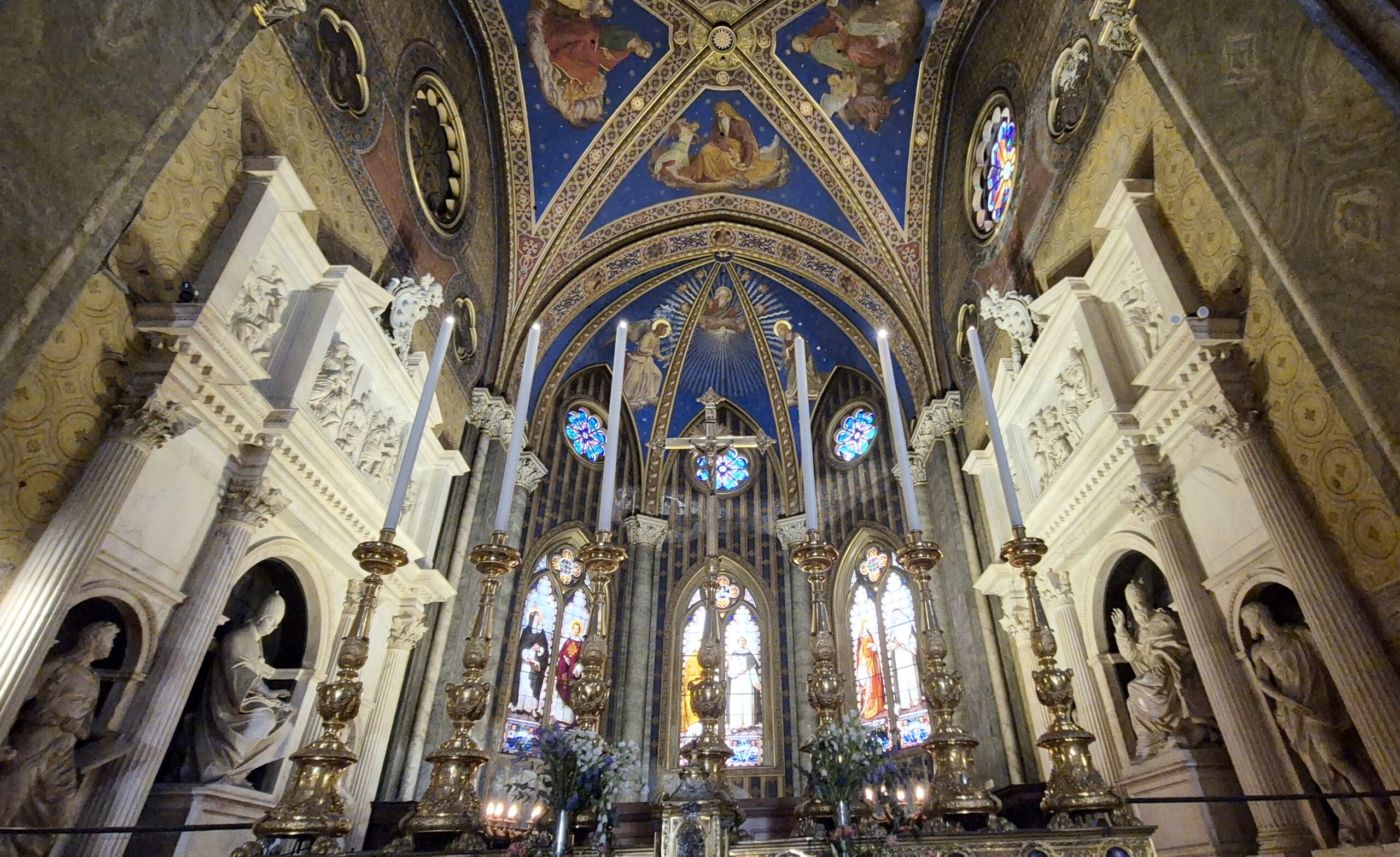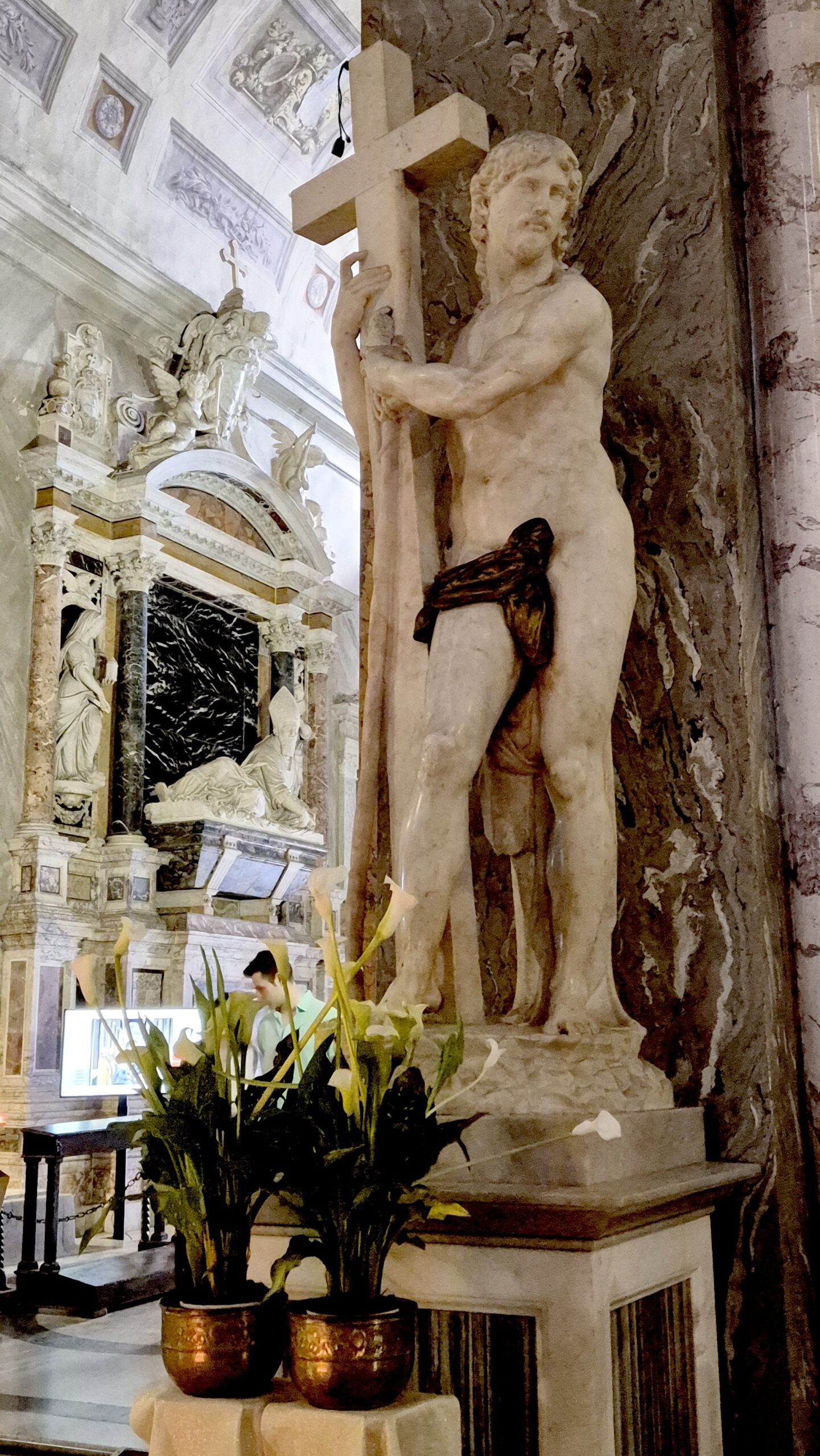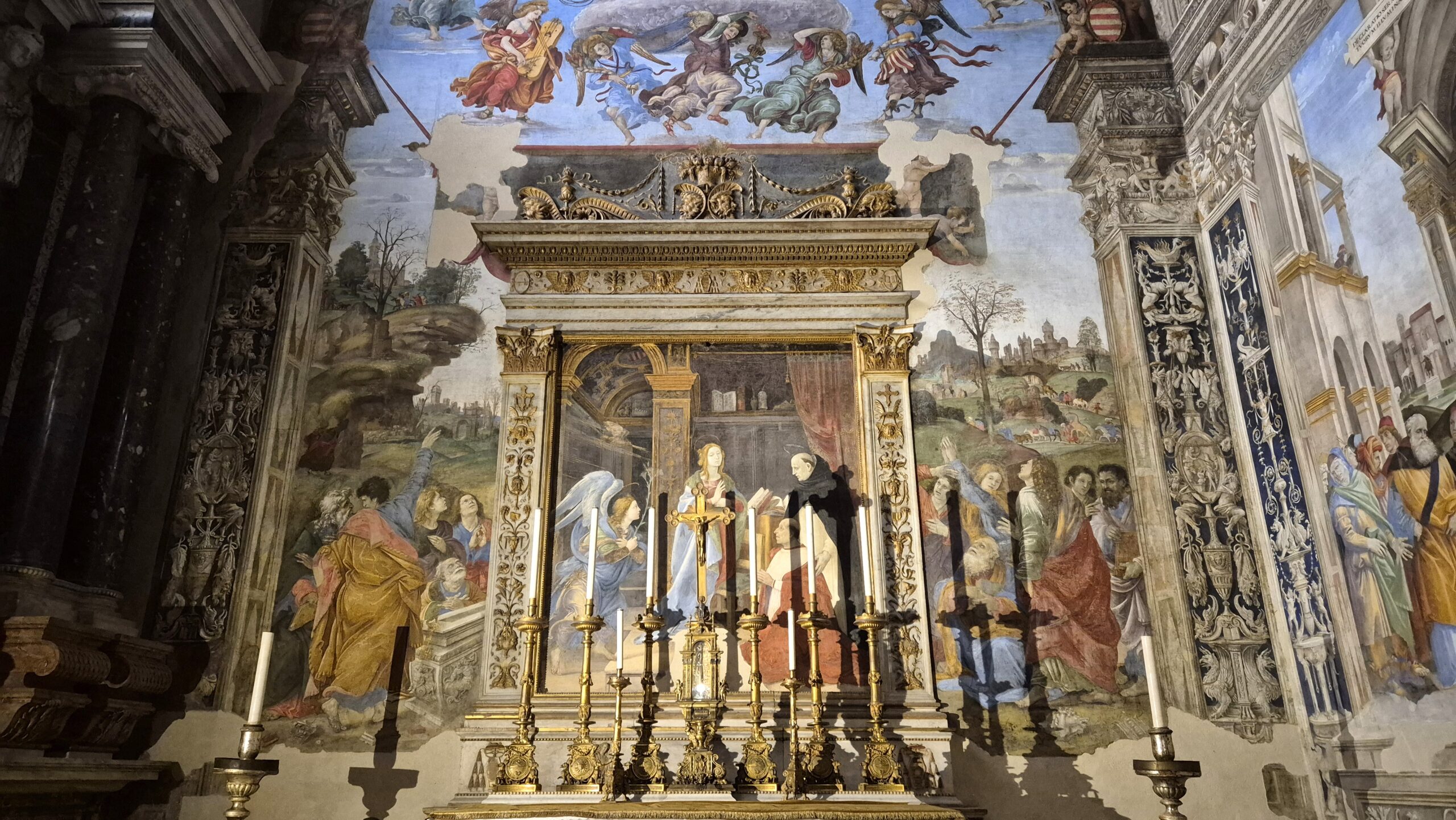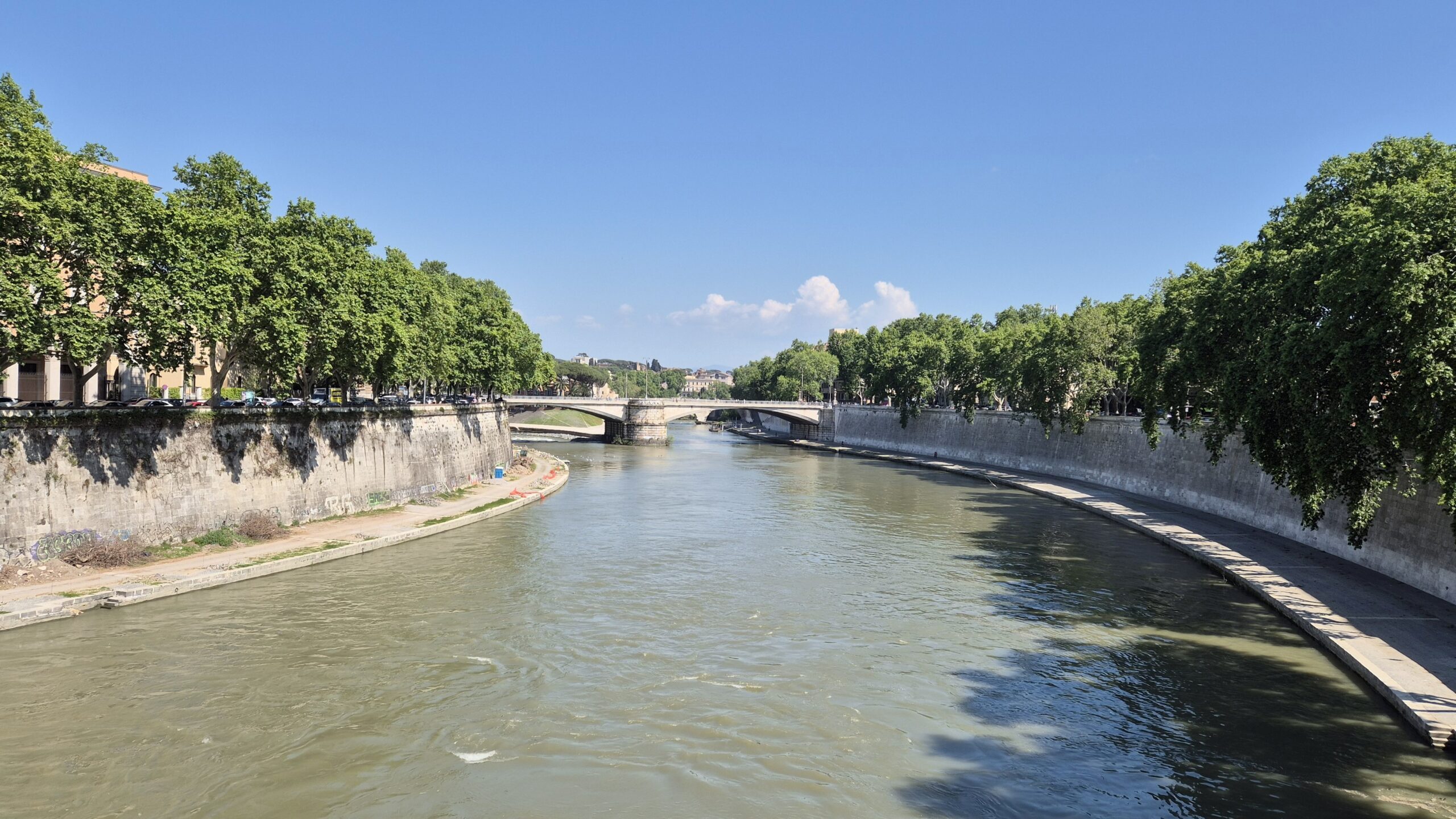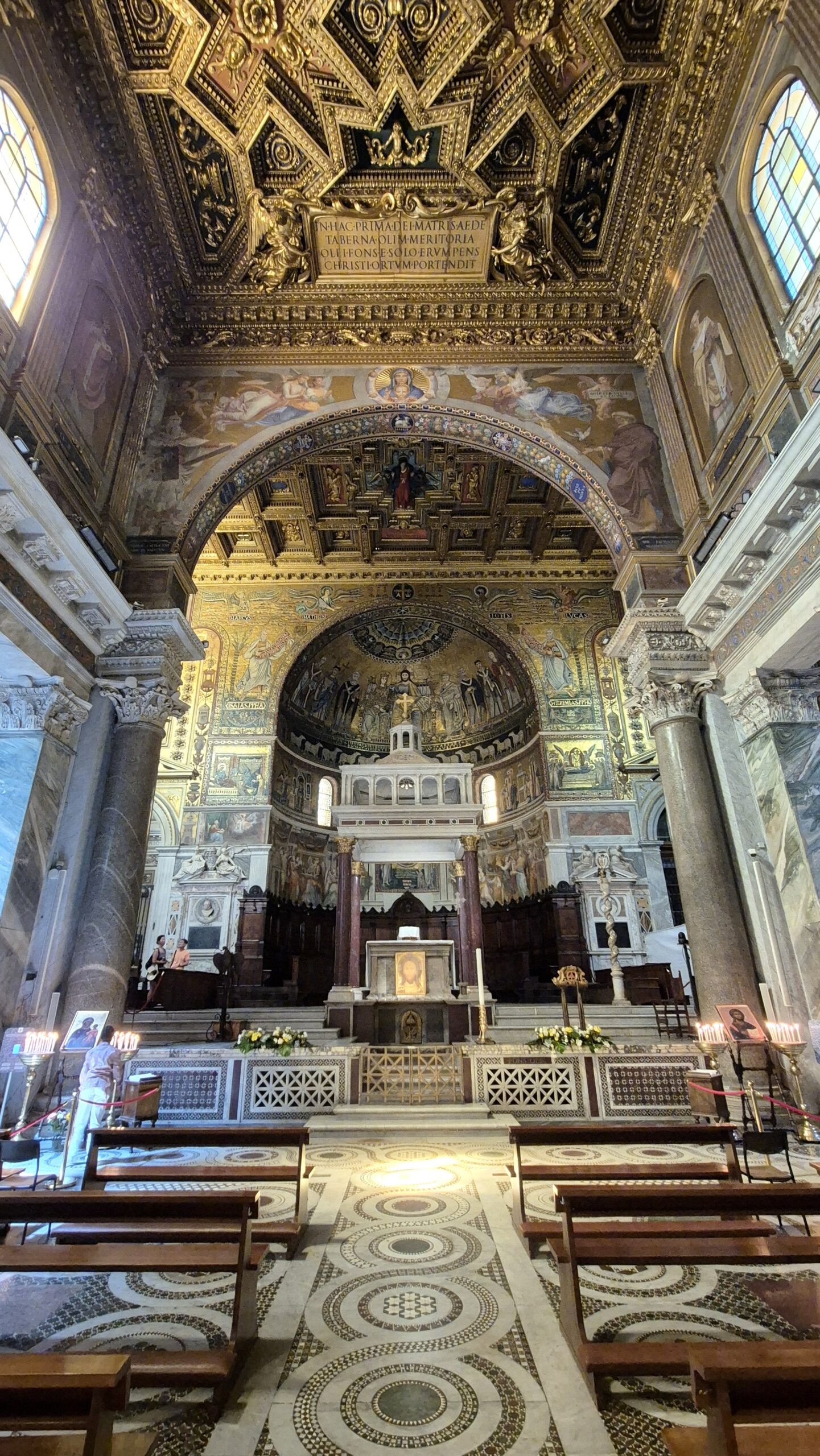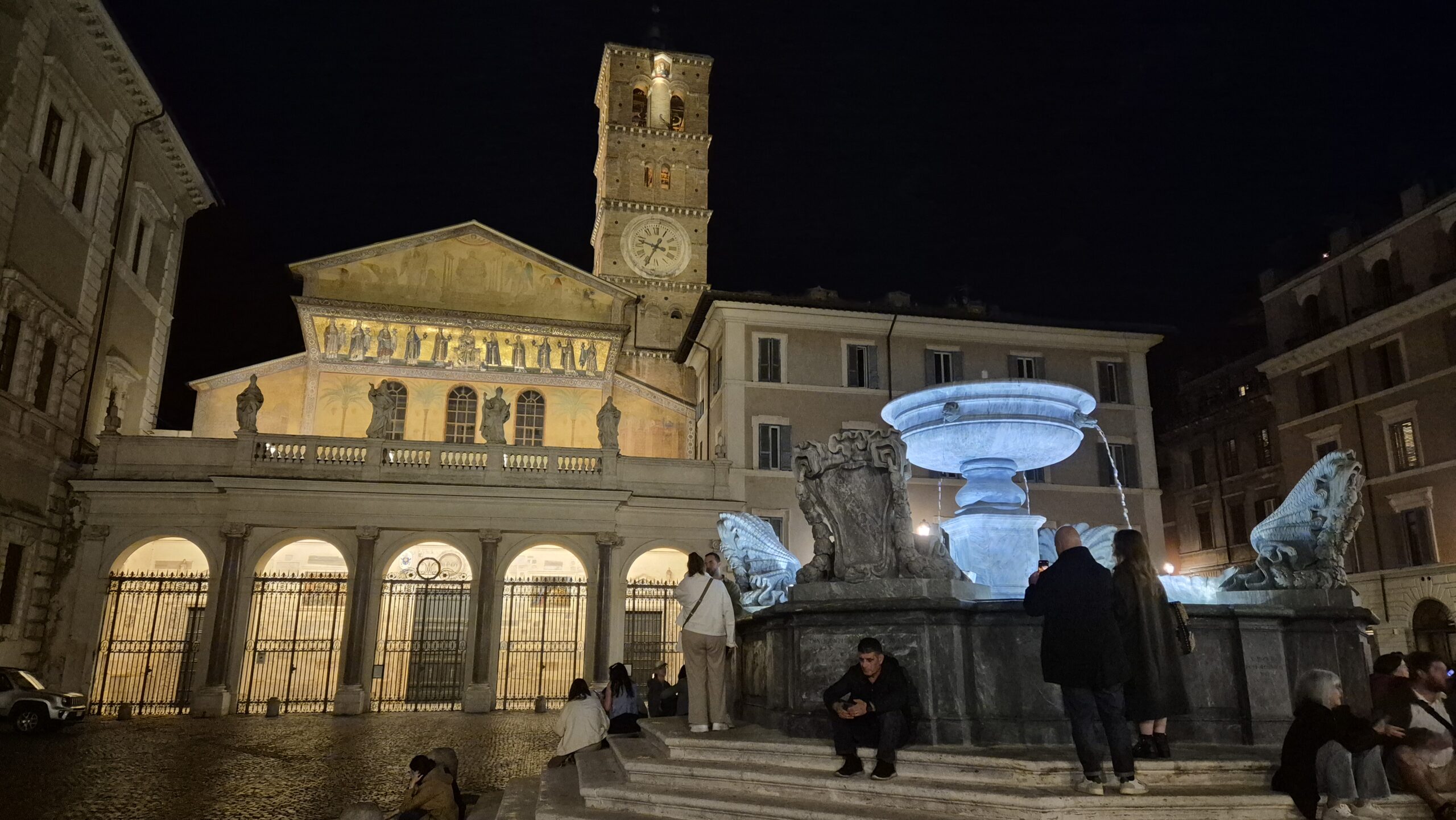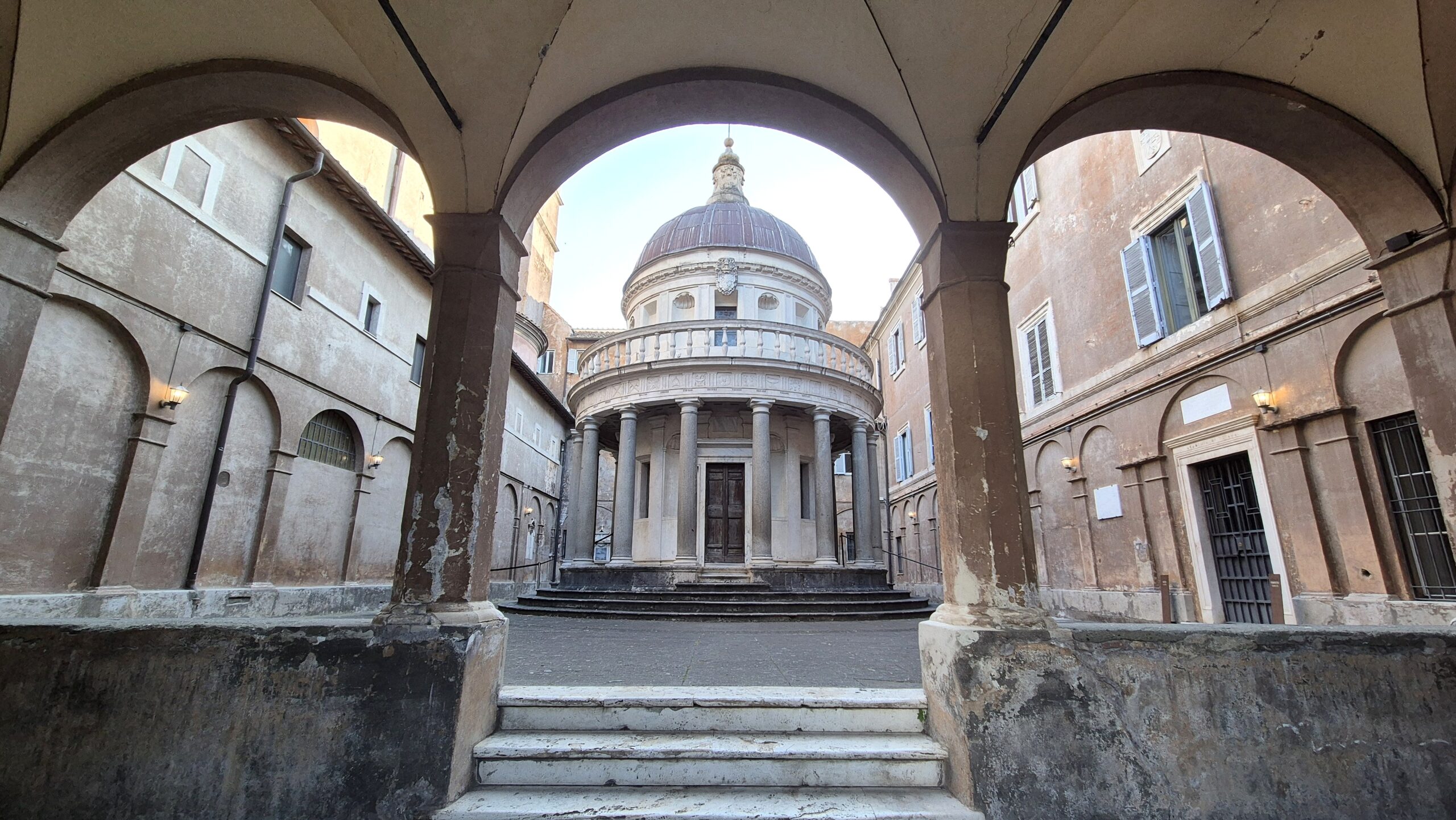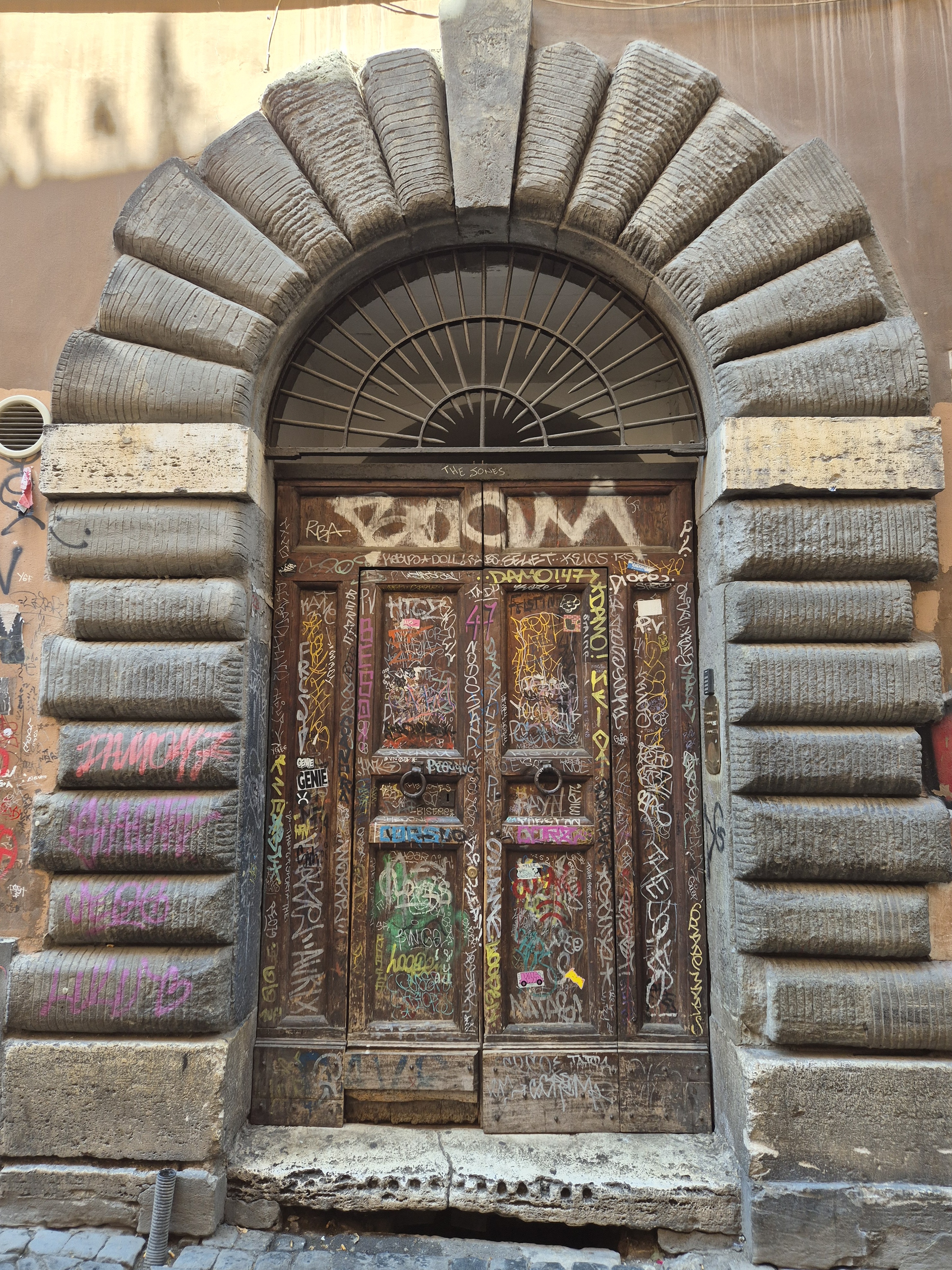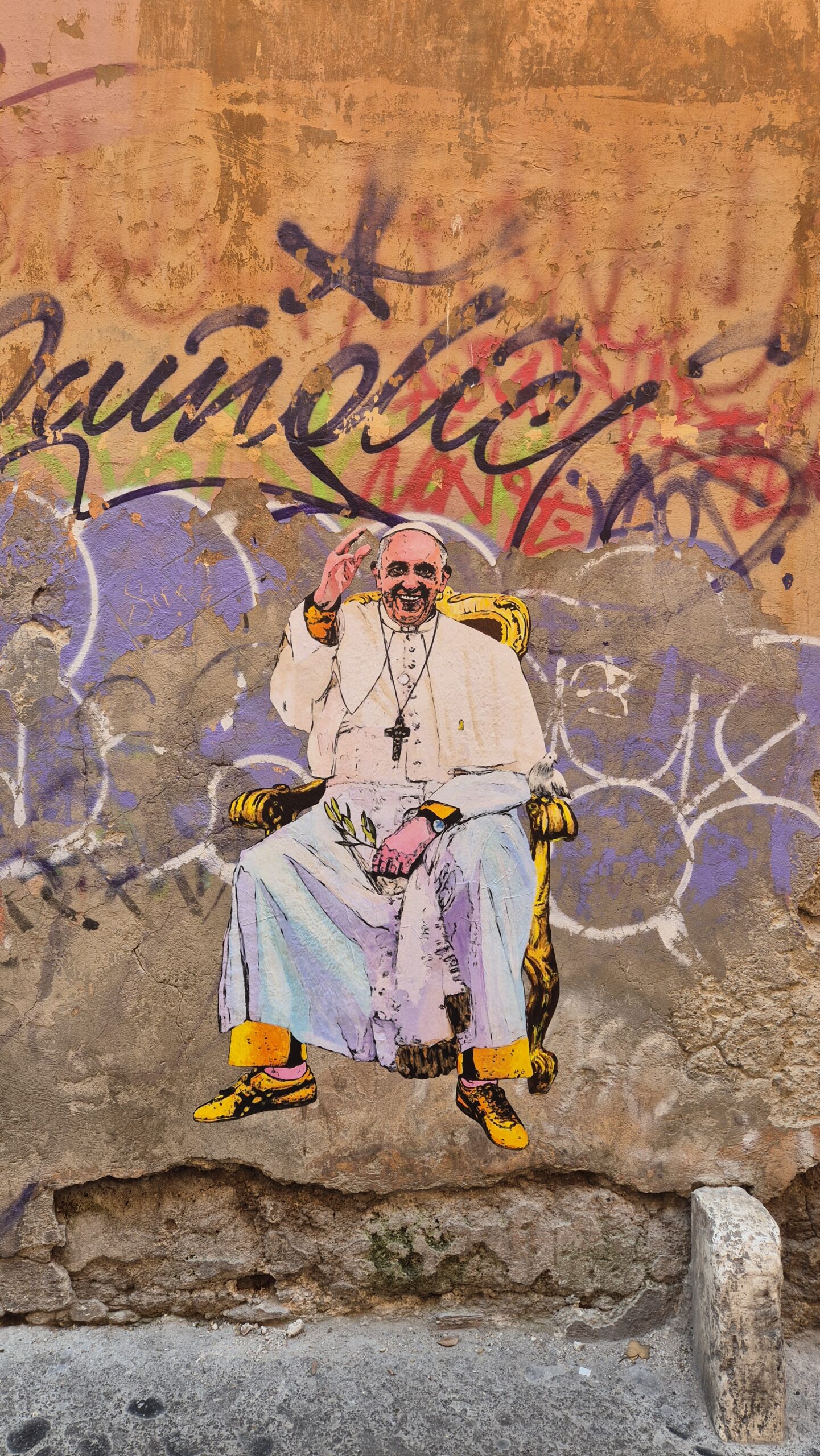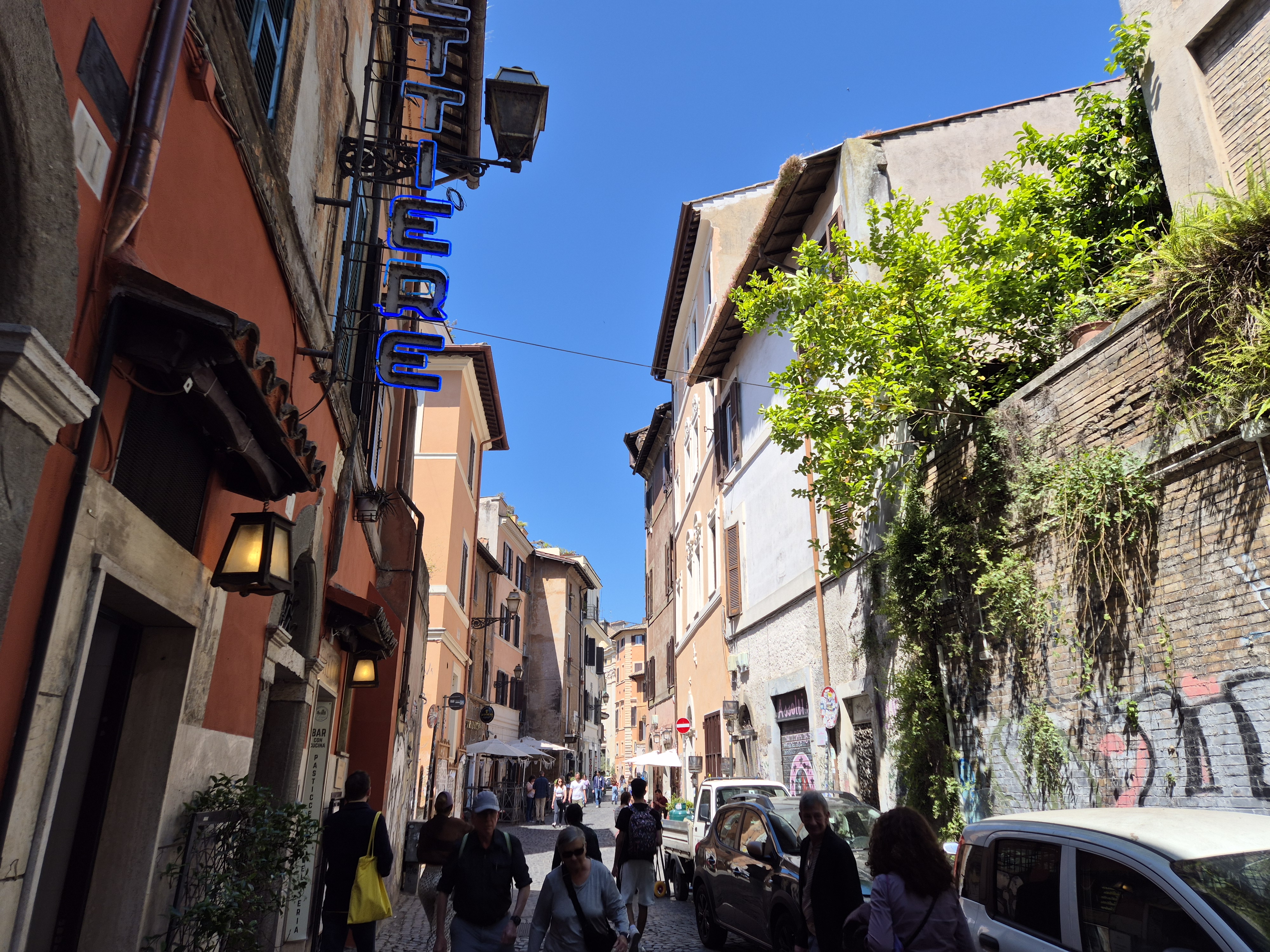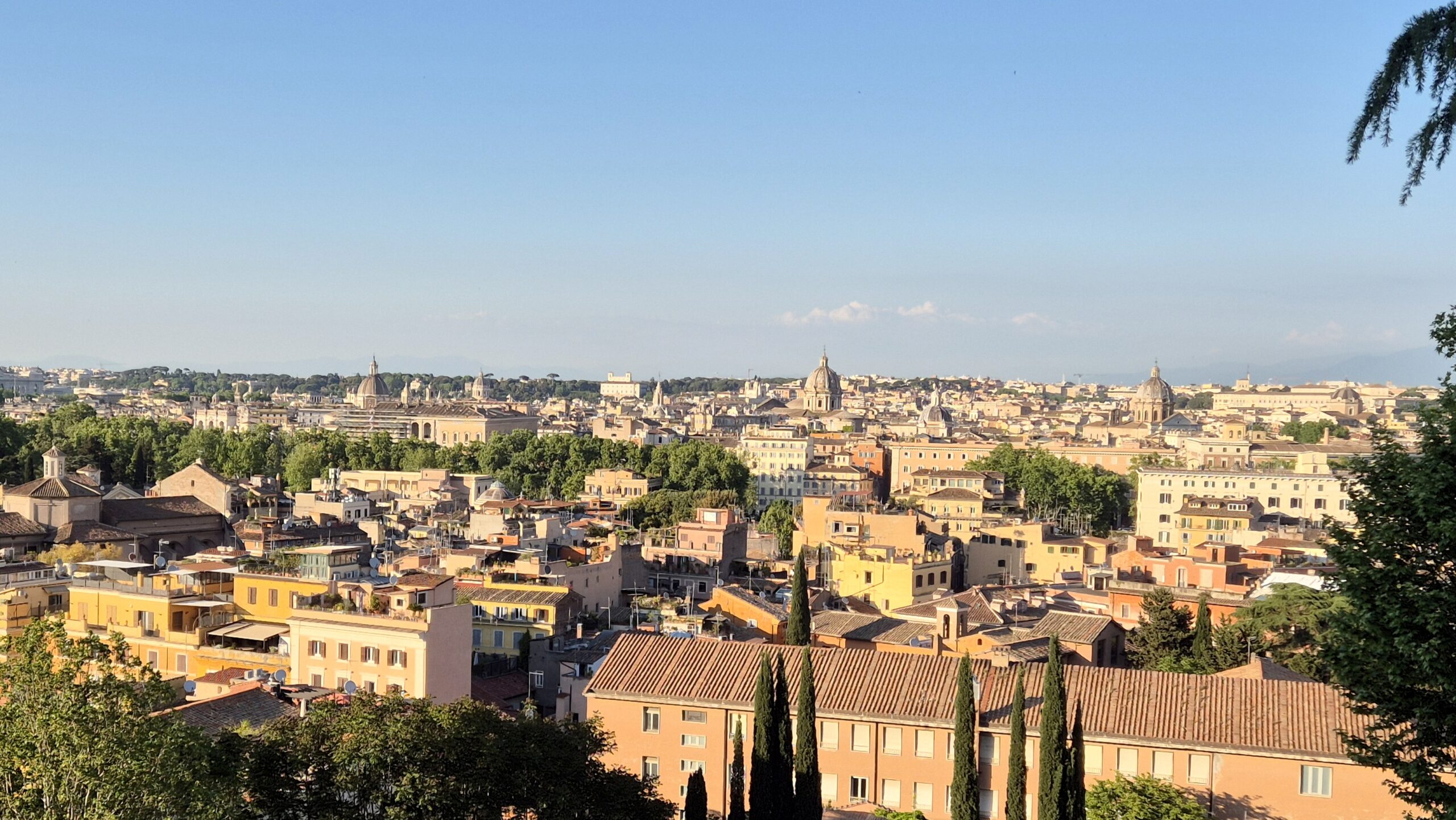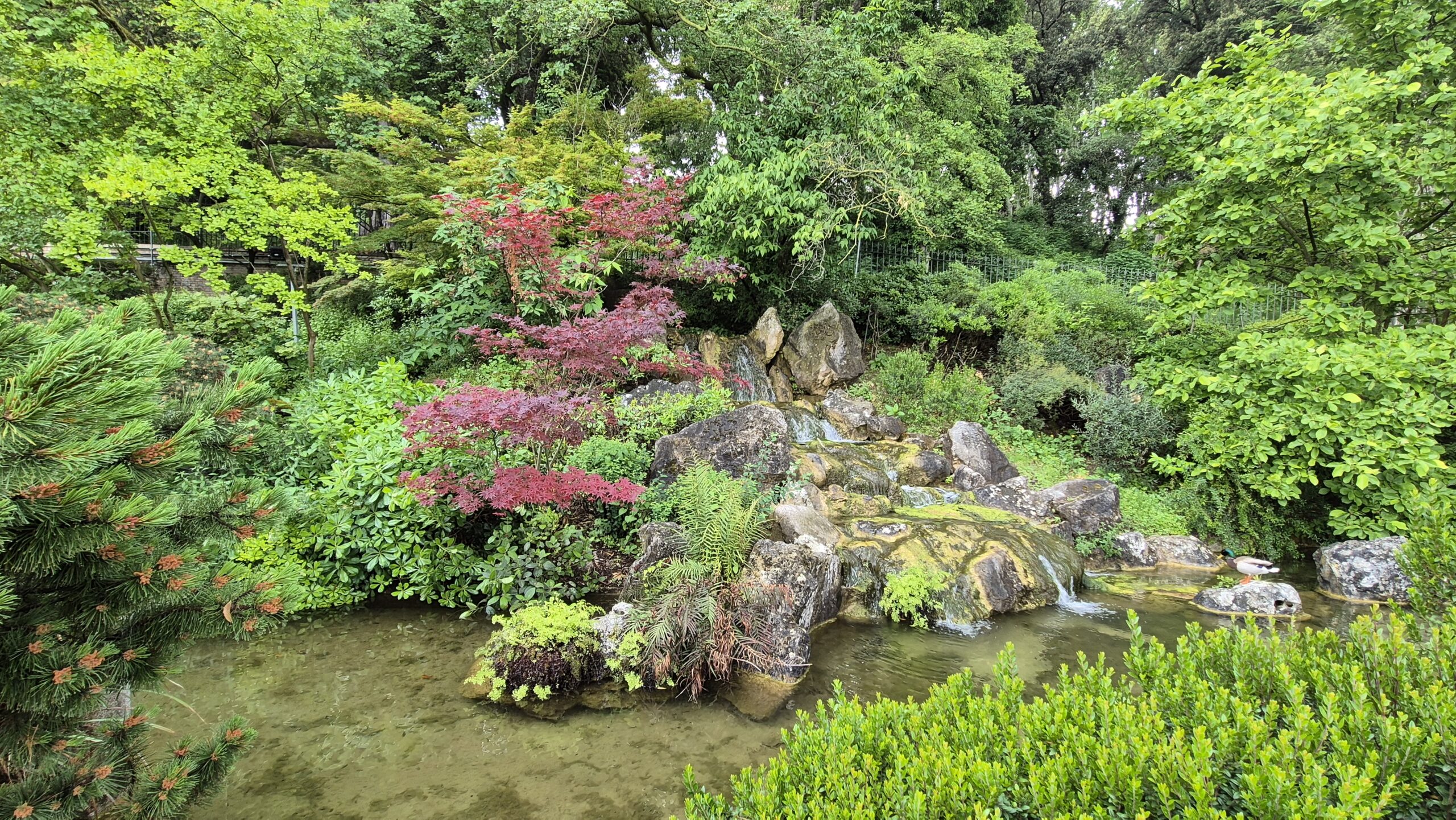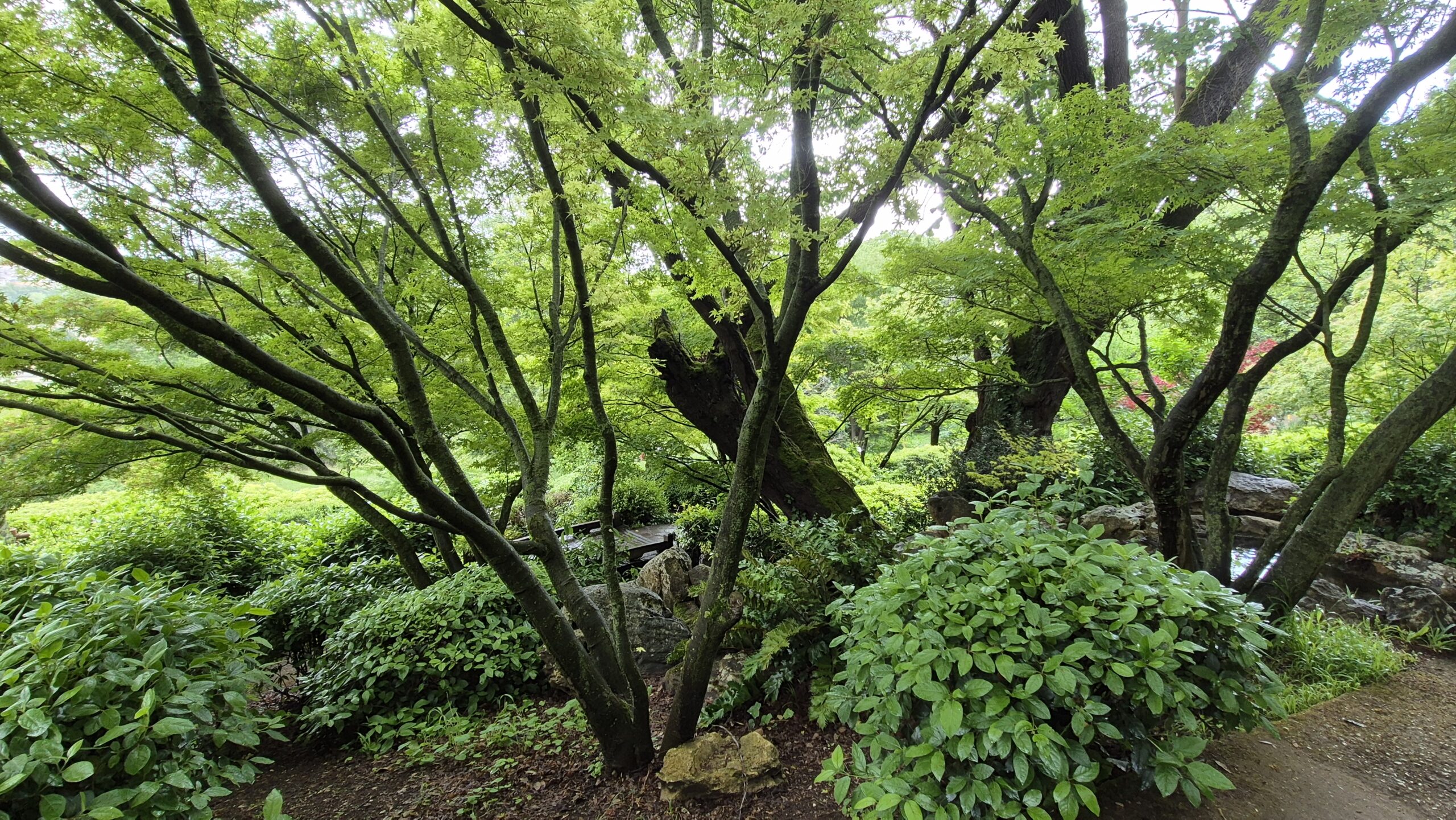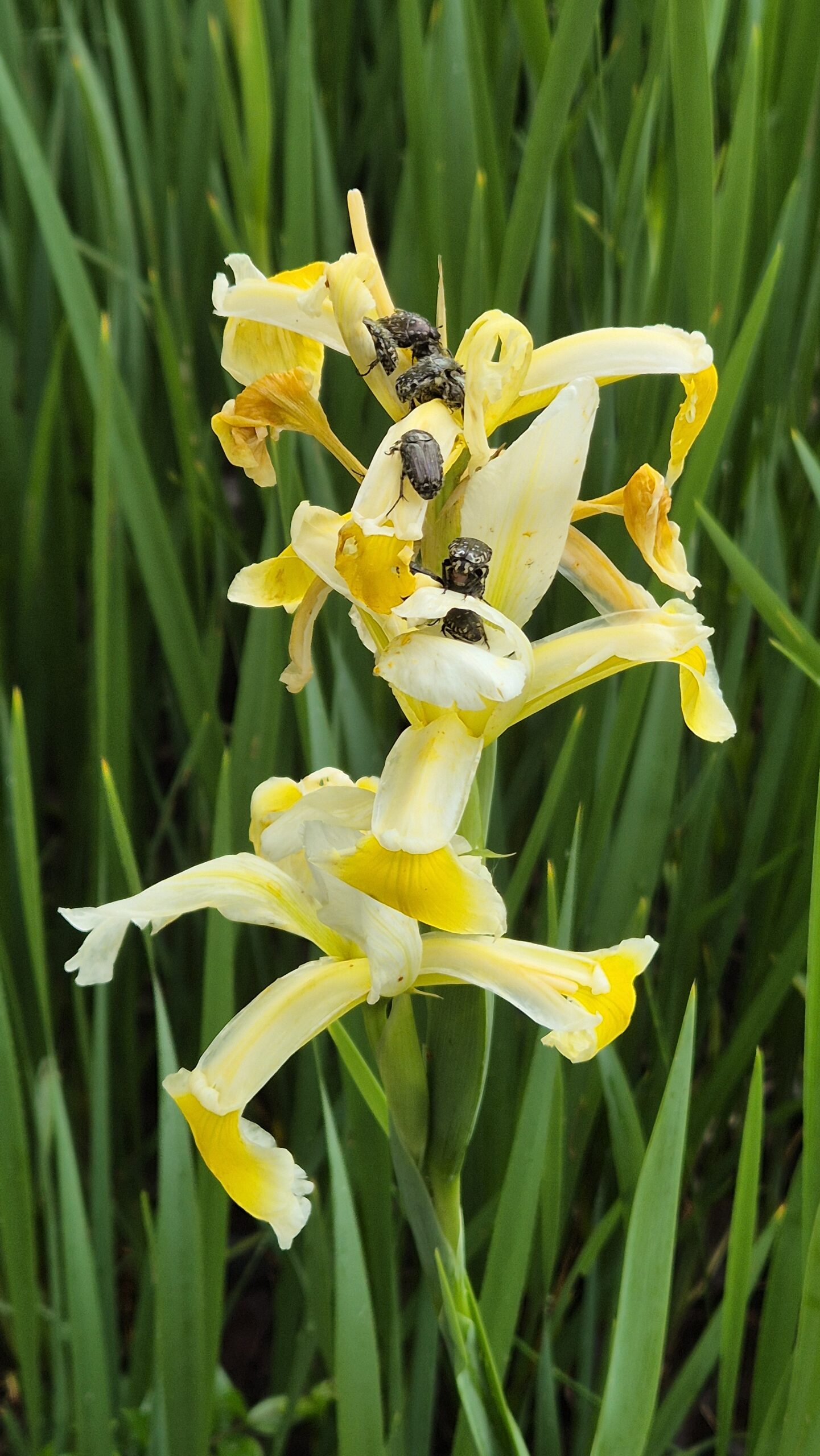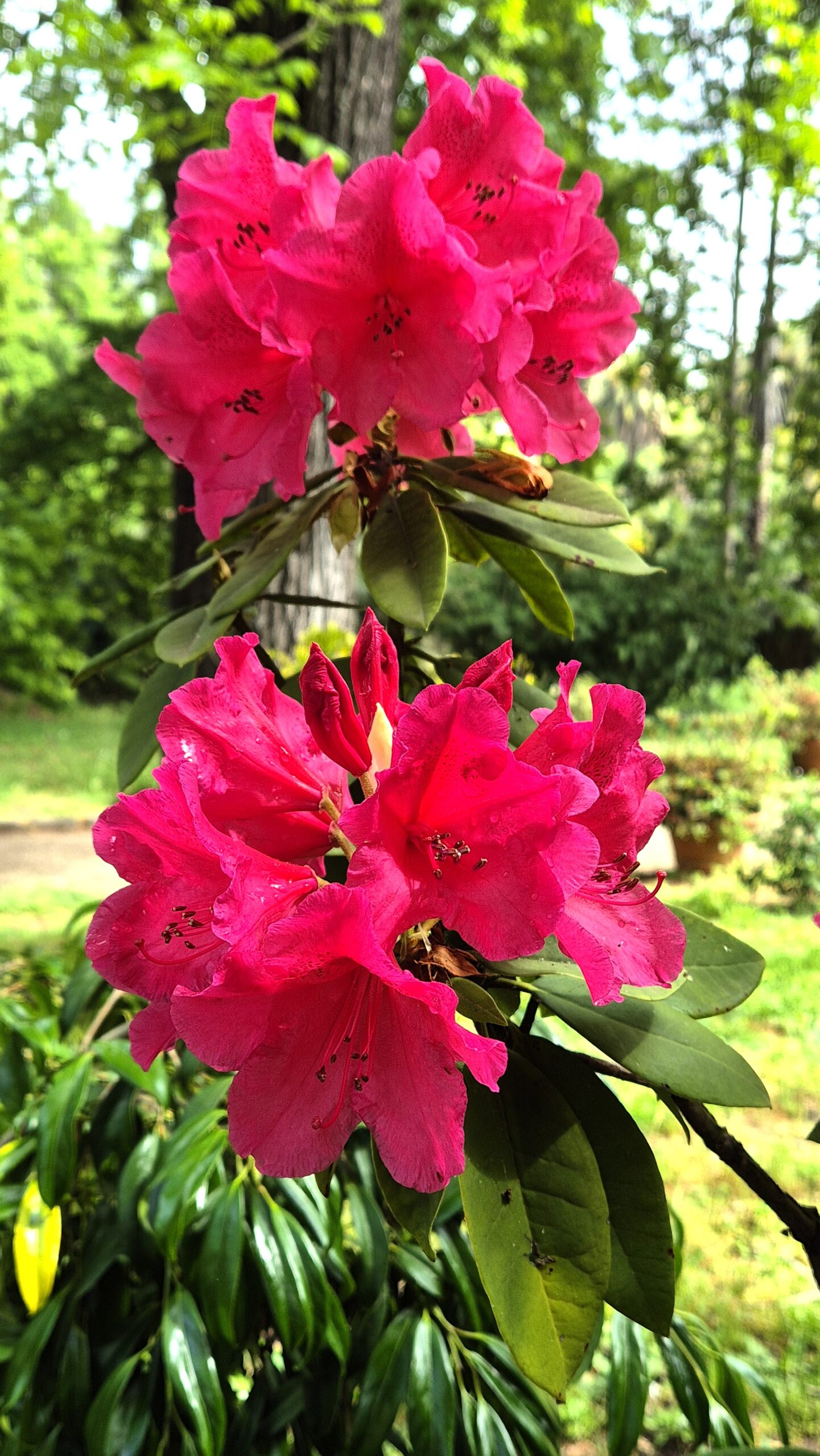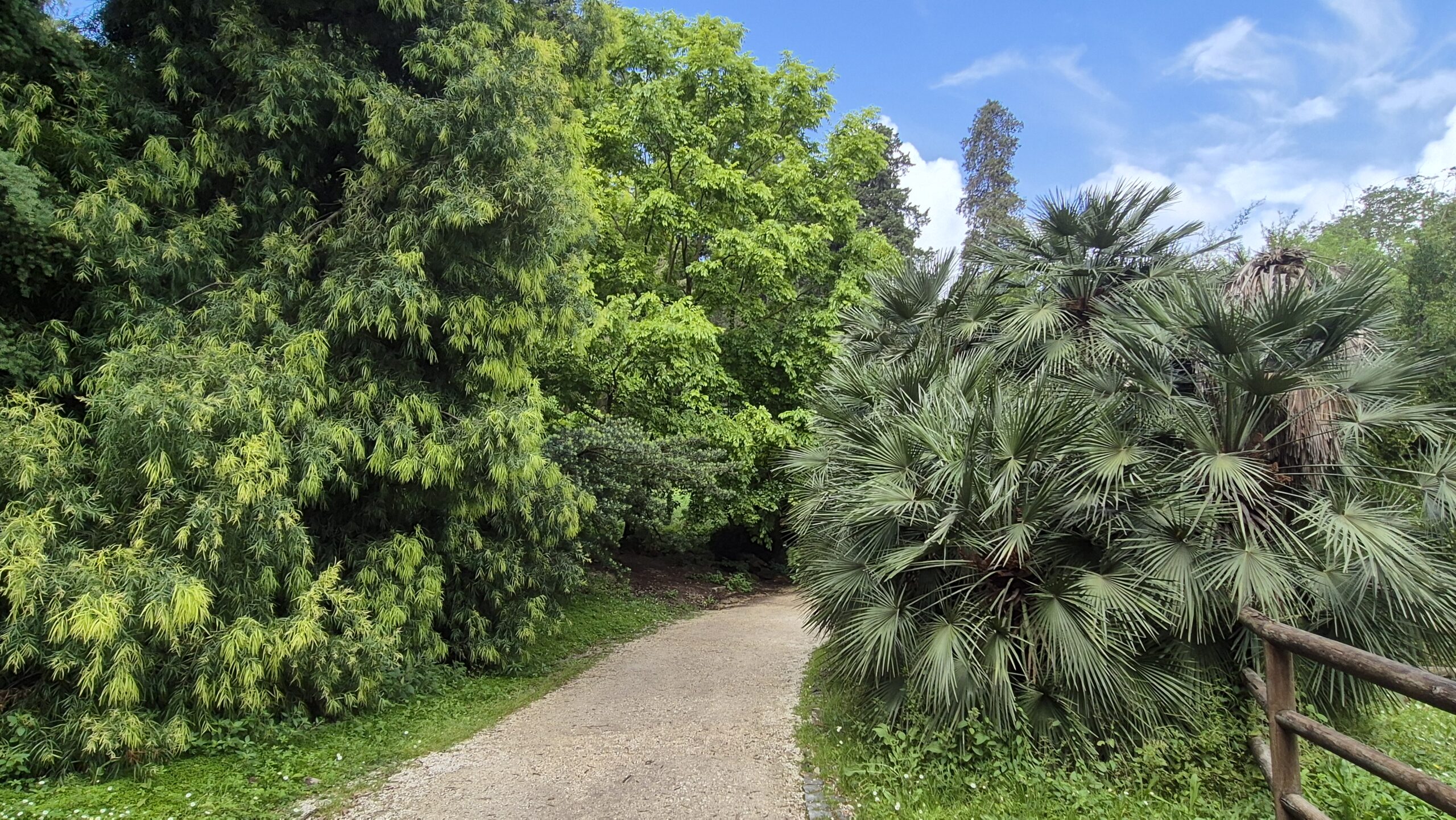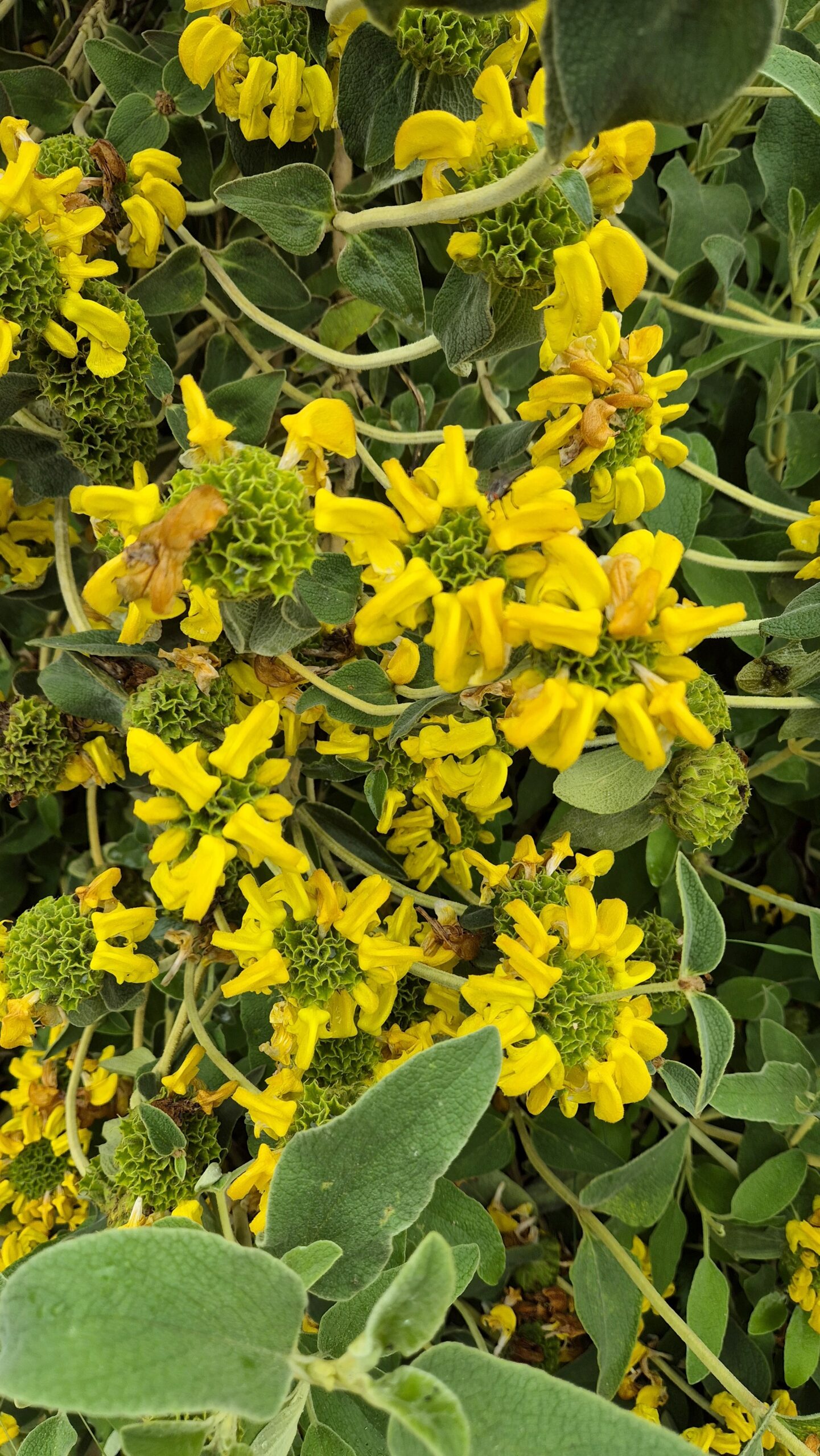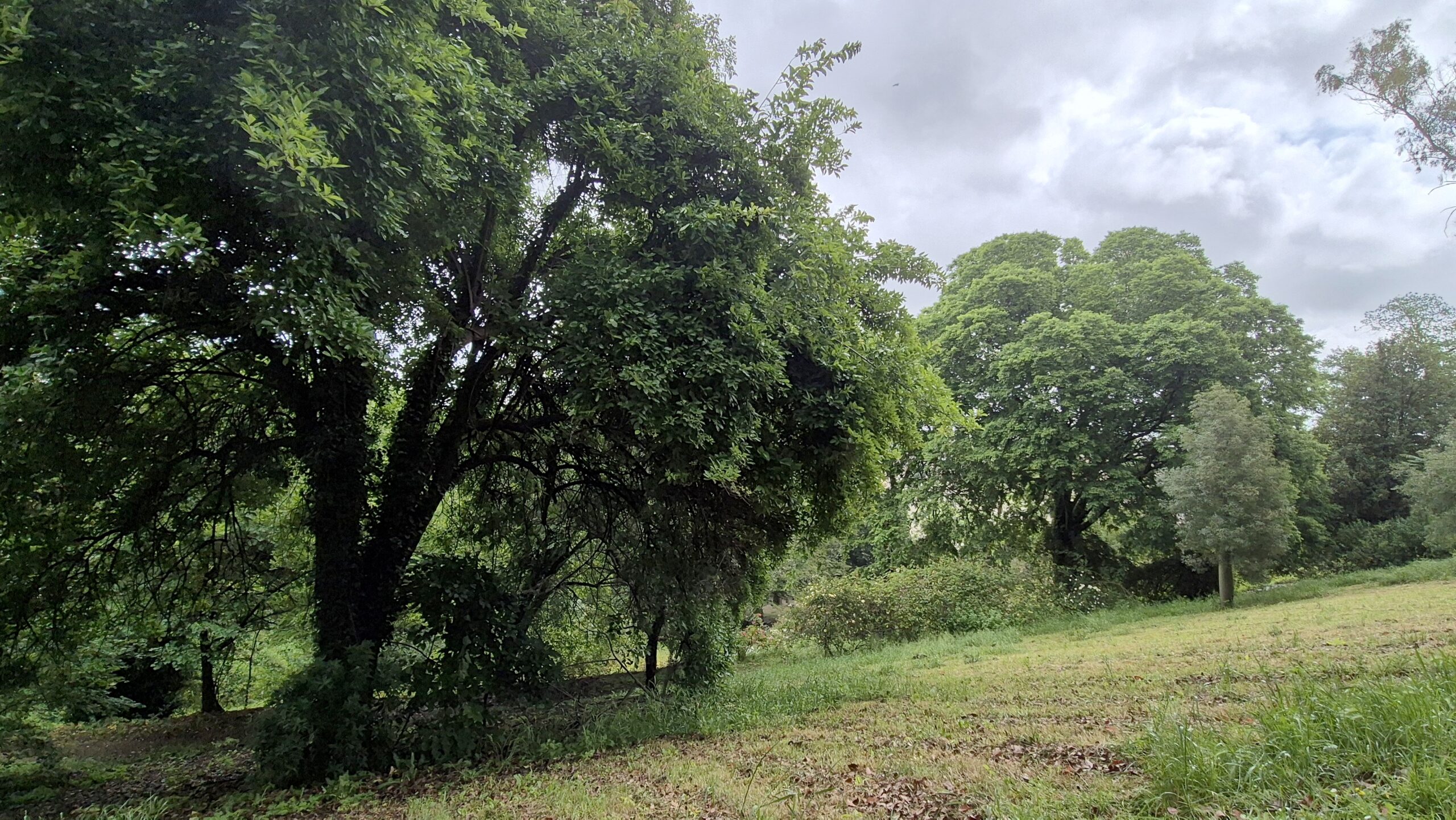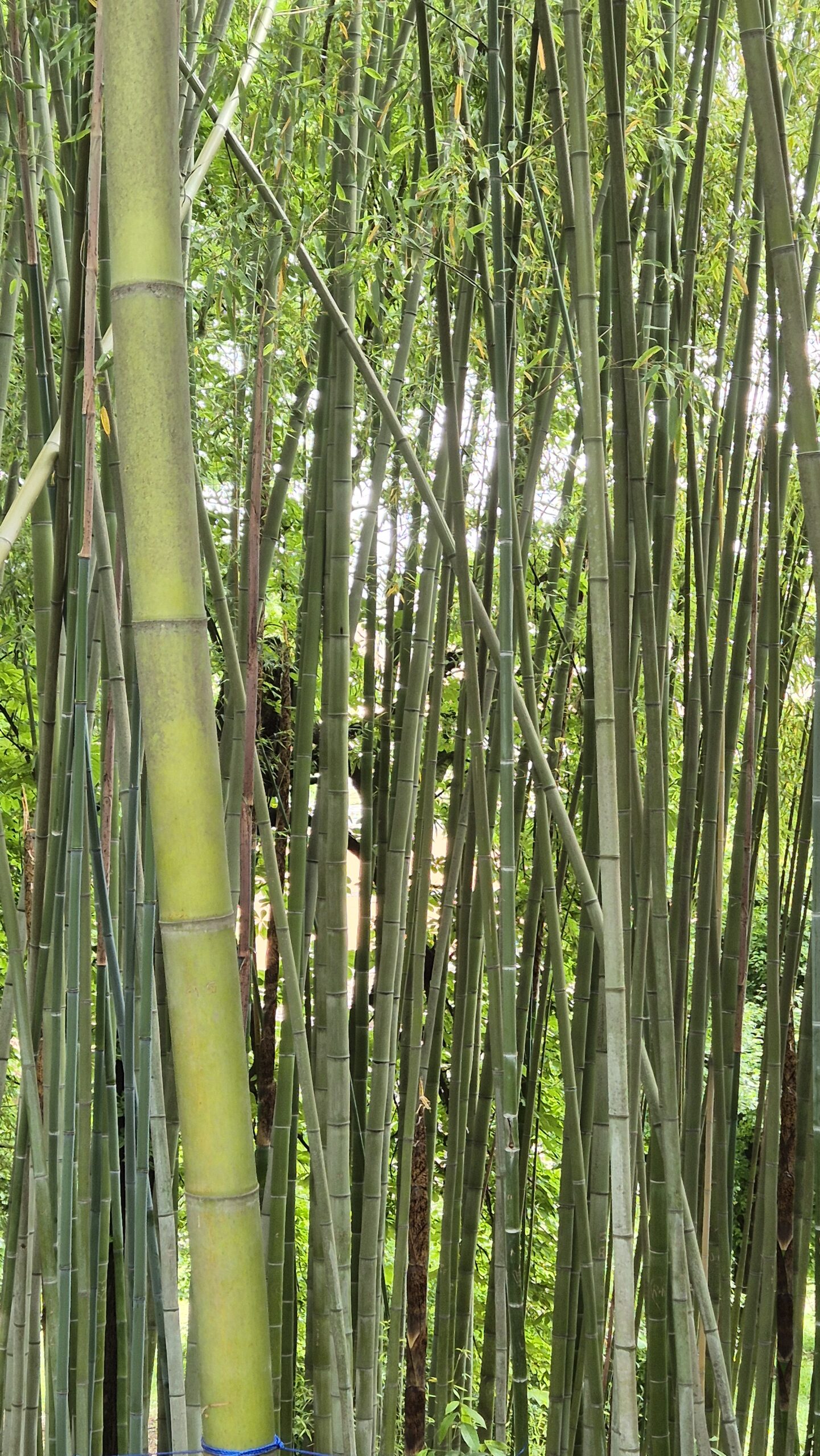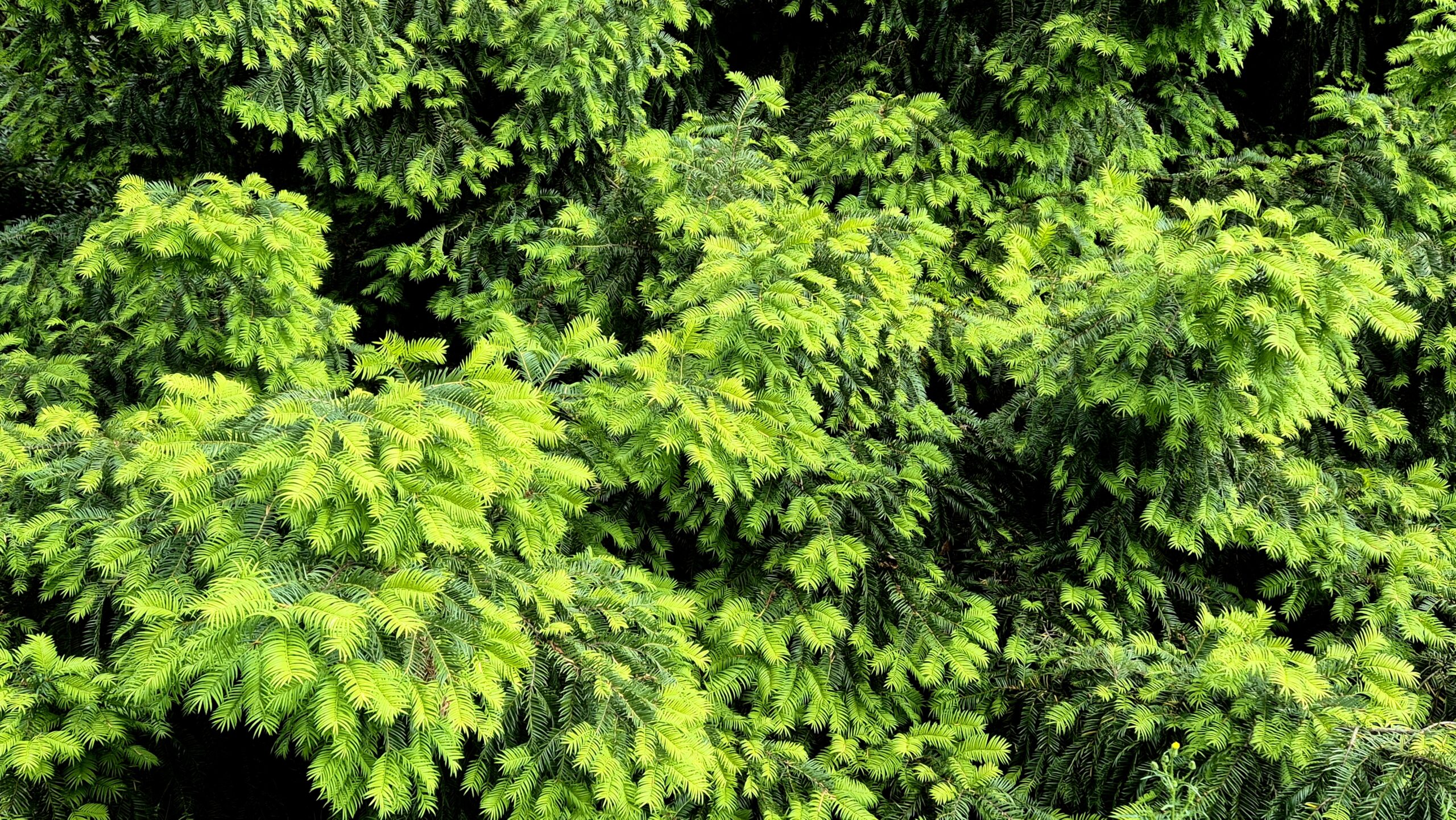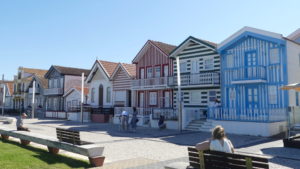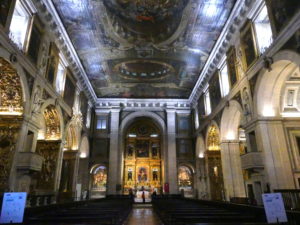In brief: We hadn’t visited Rome for 19 years since we lived in neighboring Umbria. So our aim was largely to wander across the city. Here are some digital “vedute” of our memorable moments.
Vedute di Roma: Scenes of Rome. In centuries past, paintings and lithographs of Roman sites by such artists as Piranesi became wildly popular, prized as artworks in themselves or remembrances of Rome’s imperial past.
We hadn’t visited Rome for 19 years since we made several trips here while living in neighboring Umbria. So our aim was largely to wander across the city. In doing so, we too found scenes of grandeur, beauty, or charm…in an unfamiliar church, a meandering lane, a well-known site glimpsed in passing, or atop a Roman hill. Here are some digital “vedute” of our memorable moments.
(For the artwork we visited during our stay, click here to see the post: Rome Visit – Inside with the Arts)
Central City
We strolled through various sections of the old city near the nearly impassable plaza with the Trevi Fountain and across this equally thronged square in front of the Pantheon.
The ancient rotunda of the Castel Sant’Angelo seems even larger behind the allegorical travertine statuary from the late 19th century on the Vittorio Emanuele II Bridge that crosses the Tiber.
The Piazza del Popolo from a lookout in the vast Borghese Gardens. To the left sit the twin churches dedicated to Mary; to the right, behind the trees, is a third church, Santa Maria del Popolo which contains notable works by Caravaggio, Raphael, and Bernini. The red clay rectangle in the middle was an impromptu tennis court featuring qualifying matches to promote the upcoming Rome tennis tournament.
The 19th century interior of the Rome Opera House, quite a surprise after entering the brutalist concrete exterior and passing thru the mundane lobby.
If we returned to the 1950s and 60s along the glamorous Via Veneto, Nancy would have had to hide from paparazzi photographers as they buzzed about for photos of the rich and famous. The street still winds in an S-curve past hotels and a handful of cafes, but the glamor – as well as the paparazzi – seems to have gone elsewhere.
It was a bit of a surprise to come upon the Spanish Steps, another renowned gathering place, as we left the green space of the Borghese gardens and exited the endless tunnels of the Spagna metro station. It’s still charming even with very little space left on the steps.
On a holiday afternoon, Roman families and tourists buzzed around the renowned Bernini fountain at the center of the Piazza Navona, site of the first century stadium of Domitian. We did not line up to enter this imposing church of St Agnes in Agone to view her skull or encounter a devil wearing Prada like the model on its façade.
Palace of Justice – This massive neo-Renaissance and Baroque wedding cake from the late 19th century along the Tiber heralded the unification of Italy as a kingdom and the establishment of its capital in Rome.
A statue of an elephant carrying an obelisk enticed us to enter this church, Santa Maria sopra Minerva, just behind it. Inside, we discovered the only remaining Gothic medieval interior in Rome, though much freshened up in a neo-Gothic restoration. And over a dozen masterworks in its chapels.
Suddenly, a Michelangelo marble. To the left of the altar at Santa Maria sopra Minerva stands this 1521 statue of Christ, looking a bit like the artist’s David – with subsequently added modesty draping.
In a sumptuous chapel at Santa Maria sopra Minerva gleams this brilliant fresco by Fra Lippo Lippi of the Annunciation, attended by a suitably awestruck crowd.
Trastevere
During our visits some 19 years ago, the Trastevere was a slightly seedy section, literally “across the Tiber” from the usual tourist sites of Rome. Our only experience then was a wonderful dinner at the edge of the district in conversation with residents.
For our return this time, we took a small apartment in the district and started to explore. It’s much more touristy now than before. But we’re pleased we chose to wander its grey-tiled streets and ancient pastel buildings, its endless outdoor dining, its baroque churches, its diverse graffiti, and its laid-back atmosphere.
A typical Trastevere street near our apartment – pastels, tiles, brick, and food.
Looking down the Tiber at the Garibaldi Bridge and an island formed in a bend of the river. To the left, you reach the heart of Rome, with Campo dei Fiori and Piazza Navona nearby. To the right, the Trastevere district.
Like the rest of Rome, Trastevere is filled with baroque churches, typically less familiar than those on the other side of the Tiber. Santa Maria in Trastevere is the most extraordinary for its wondrous colors and patterns, all framing a 14th century mosaic in the apse.
As its streets darken at night, the mood of Trastevere lights up. Even the renowned Basilica of Santa Maria in Trastevere becomes a spectacle.
It was tricky to find this gem on Gianicolo Hill that rises out of the Trastevere neighborhood along the Tiber. In the early 1500s, the master architect Bramante designed this exquisite little temple tucked away in a cloister of San Pietro in Montorio– supposedly on the site where St Peter was martyred. Funded by Ferdinand and Isabella of Spain, the tempietto still nests amid the church, the Spanish embassy, and a Spanish Academy.
Though nearly obscured by the graffiti overlay, this impressive wood door still seems ancient atop the worn stone step and within the imposing arch. Above the door and under the ironwork, it says “The Jones.”
No one seems to mind the graffiti on so many of the buildings. This image of Pope Francis – who had died shortly before we arrived – was not typical, but was a welcome sight.
Another typical street in the daytime.
Botanic Gardens, Gianicolo Hill
We found Rome so busy and buzzing with tourists that we cherished the quietude of Rome’s green spaces. It was a special treat to find the Botanic Garden, a 12-hectare (30 acre) swath of nature on Trastevere’s Gianicolo Hill.
Mostly overlooked by visitors, this gem was once the private demesne of the adjacent Villa Corsini. For nearly 150 years, however, its three thousand species of plants from around the world, its Japanese garden, its butterfly house, and more have provided a treat for the Roman public – and a green respite from such busy sights as the Vatican, just 10 minutes away.
Half a dozen cupolas and the Campolide Hill poke up from this Roman landscape on an evening, just across from a giant baroque fountain, at the high point of the Botanic Garden.
A pond for reflection within the Japanese garden
Exquisite harmony of trees and bushes
Beetles throng these Turkish Irises
A splash of red from these large bougainvillea flowers in another section
One of the park’s pleasant lanes passes by the bright green of new leaves
This plant, related to mint and sage, sports a name as unusual as its appearance: Jerusalem Lampwick.
Our walk passed this section of old trees. Many species of elm and oak cover the hillside garden.
A bamboo forest
Here’s looking at Yew…spring growth makes this evergreen quite lively
(To enlarge any picture above, click on it. Also, for more pictures from Italy, CLICK HERE to view the slideshow at the end of the itinerary page.)


